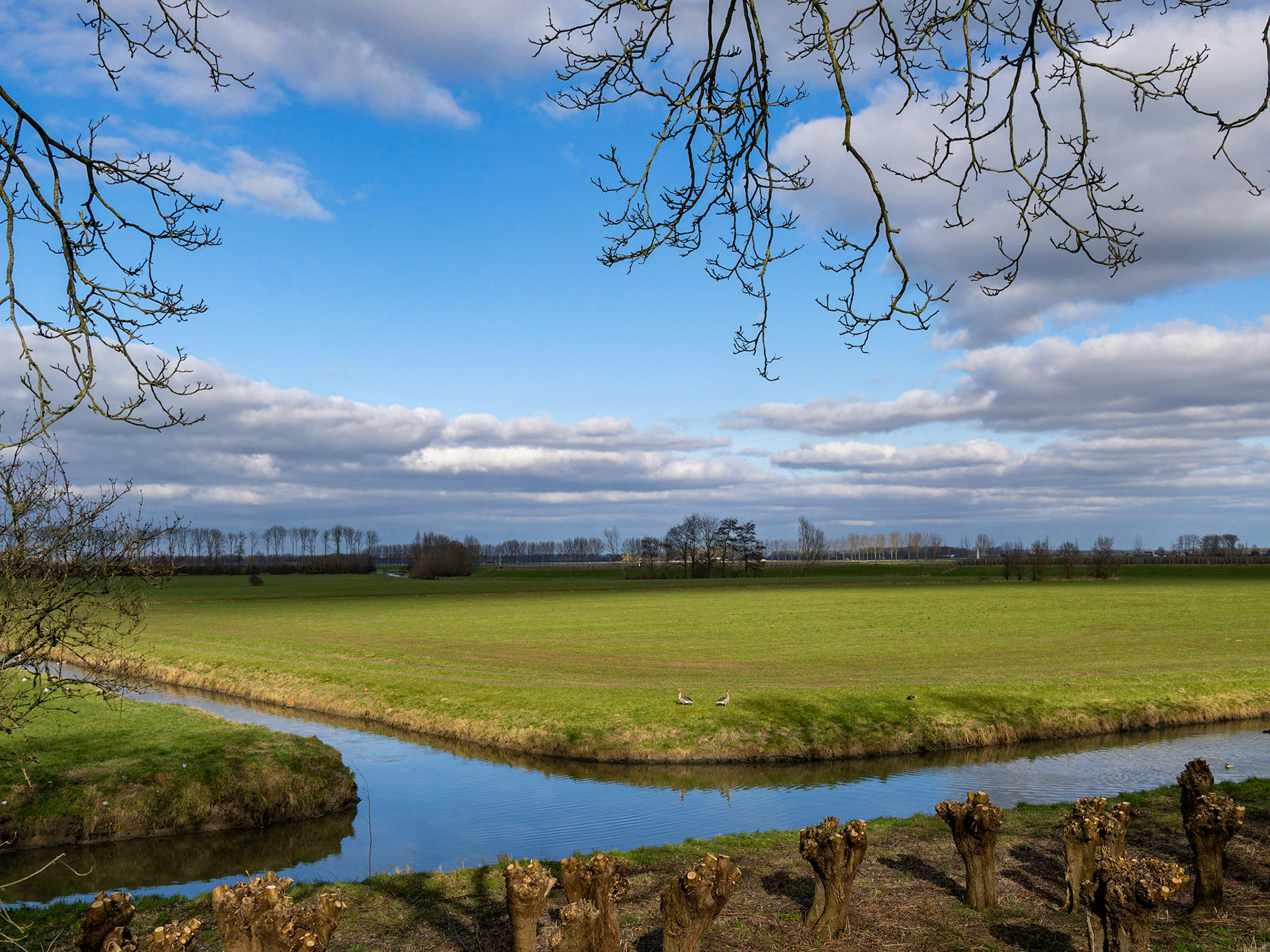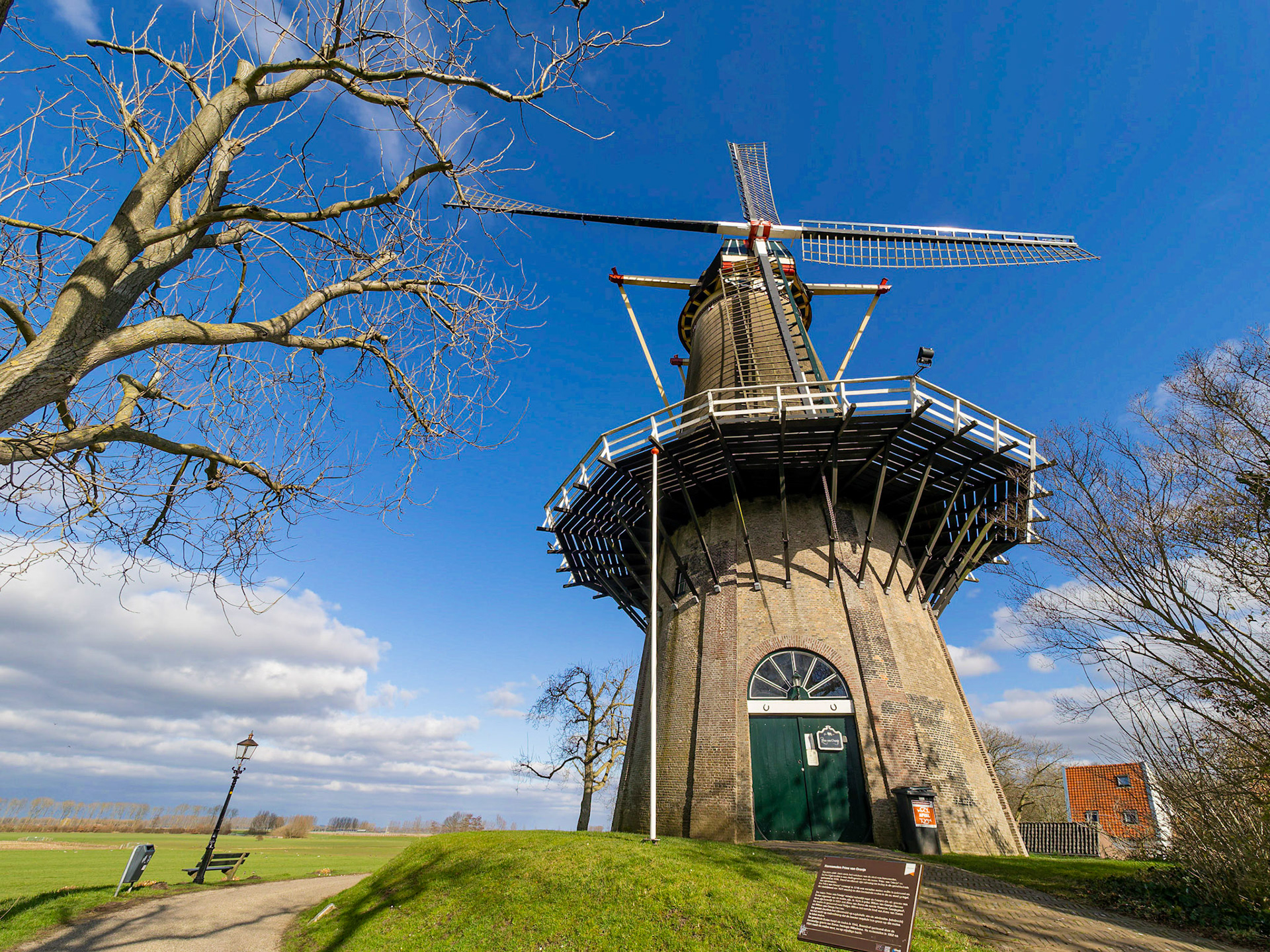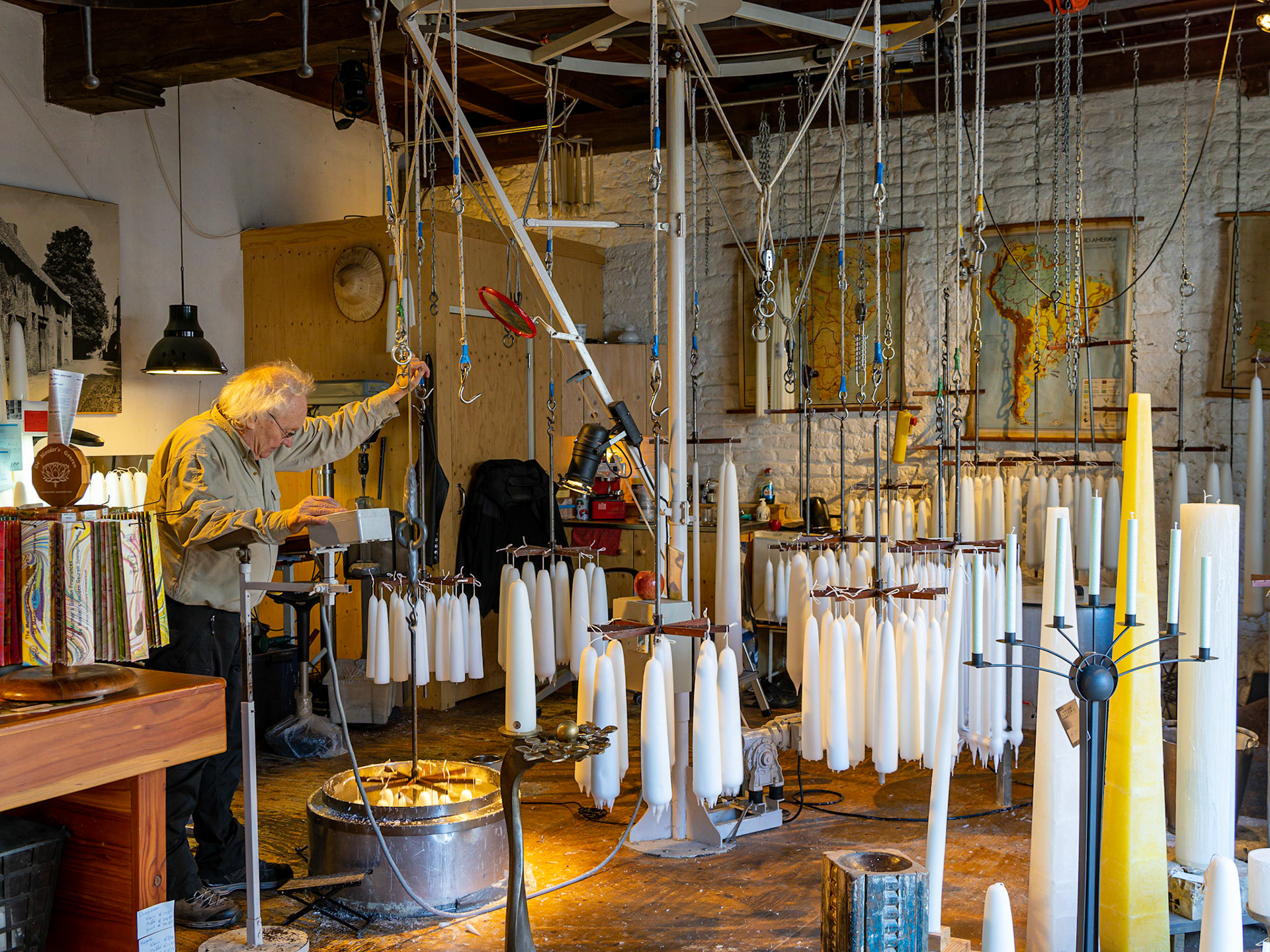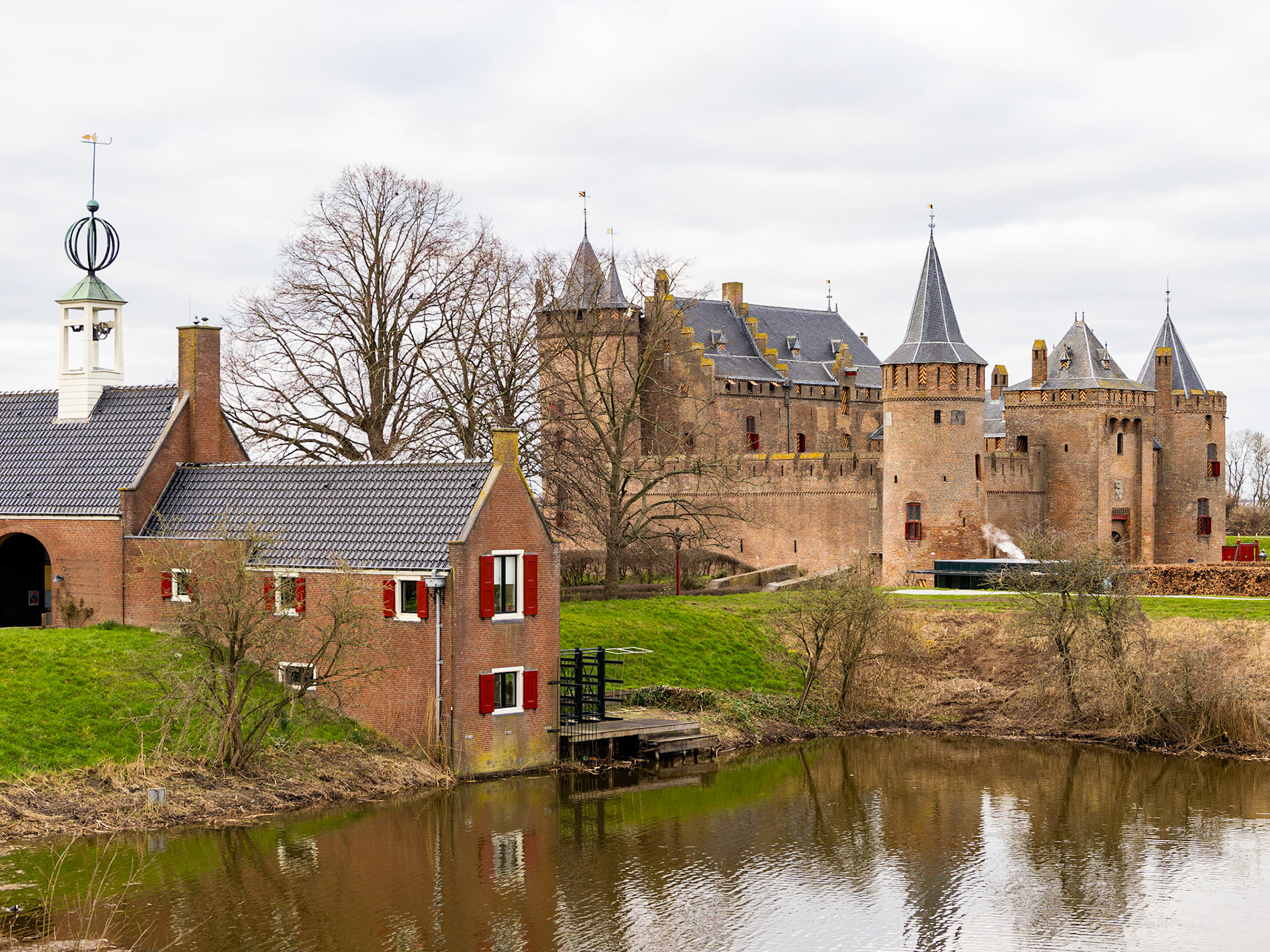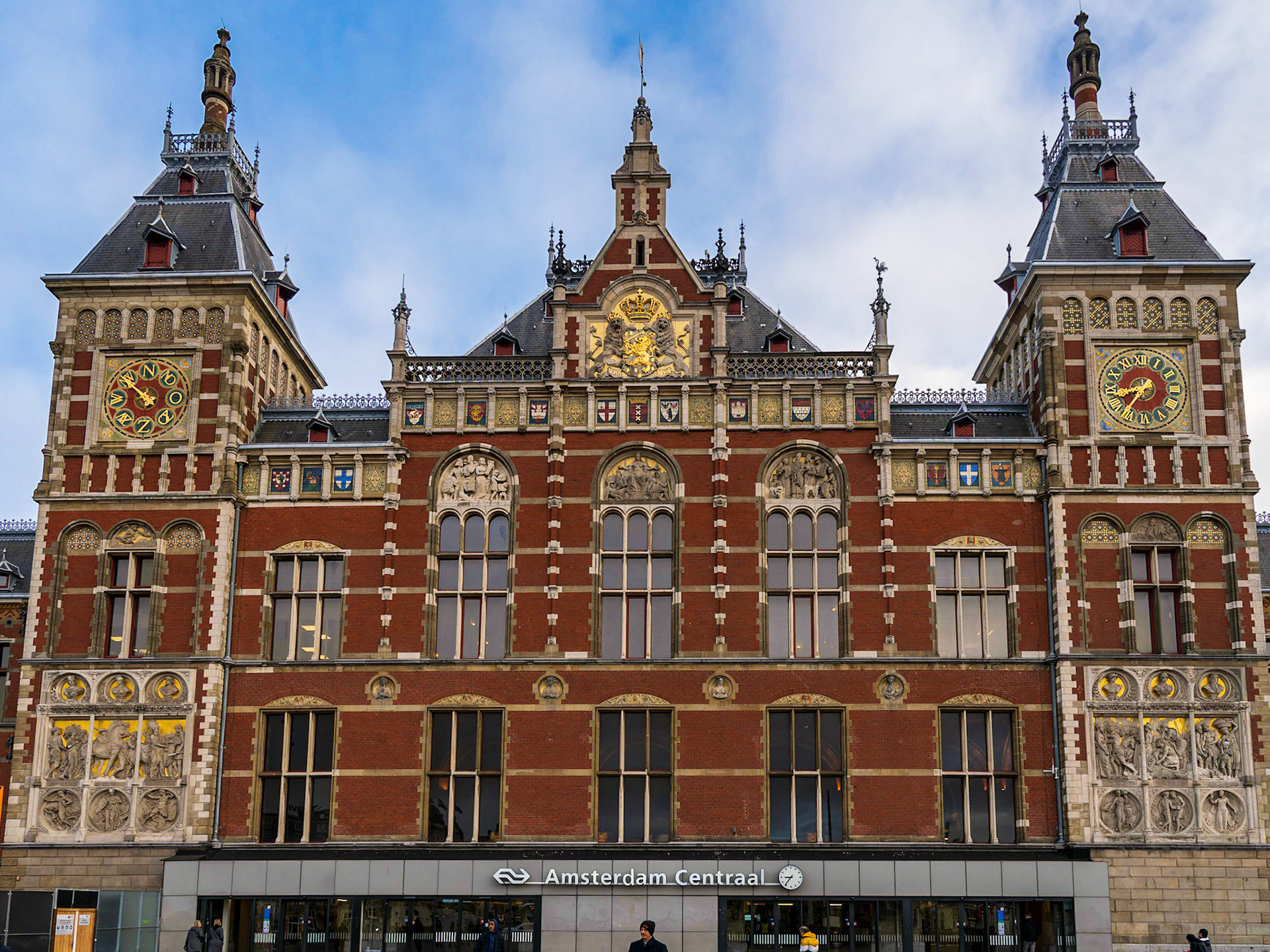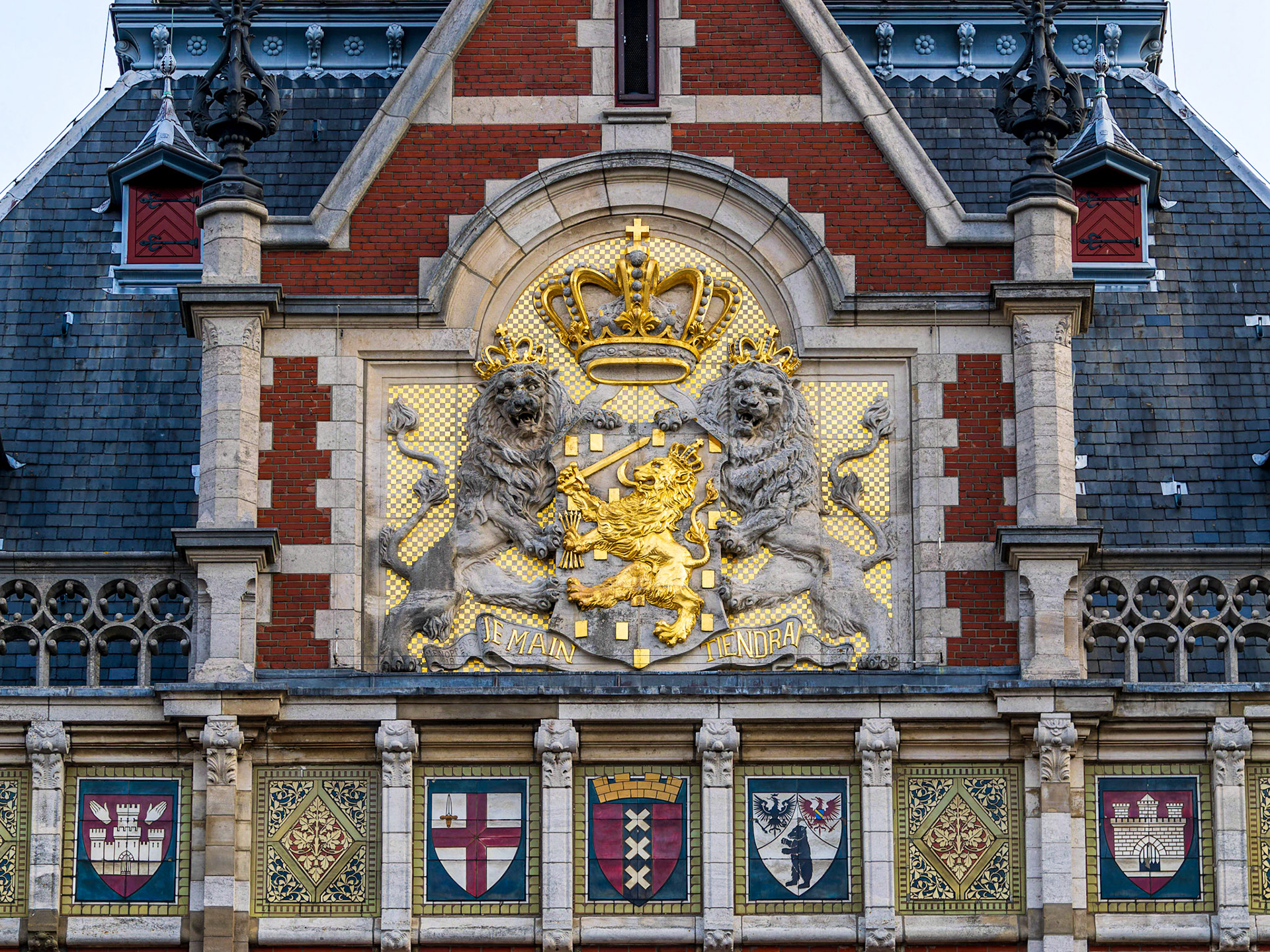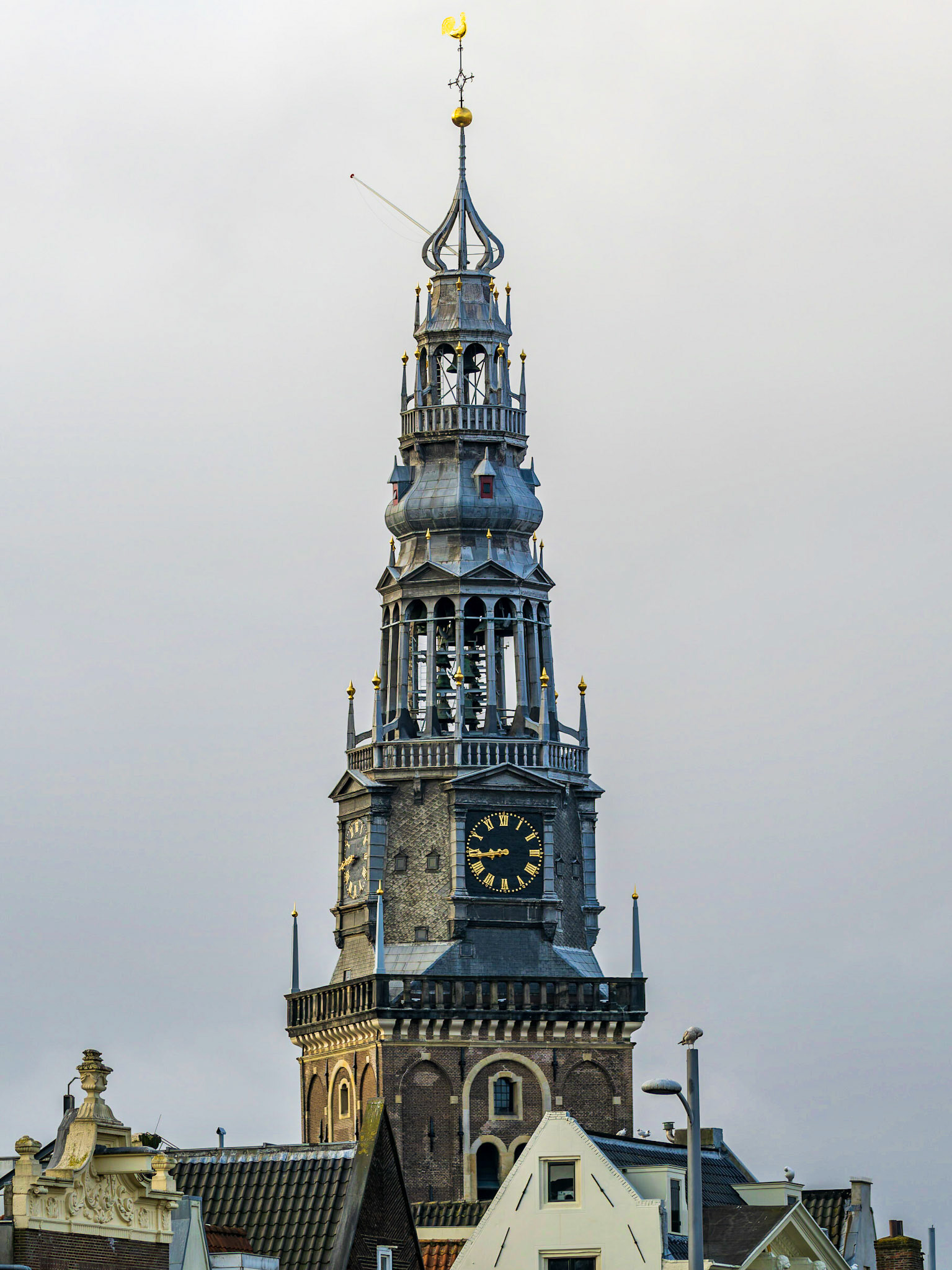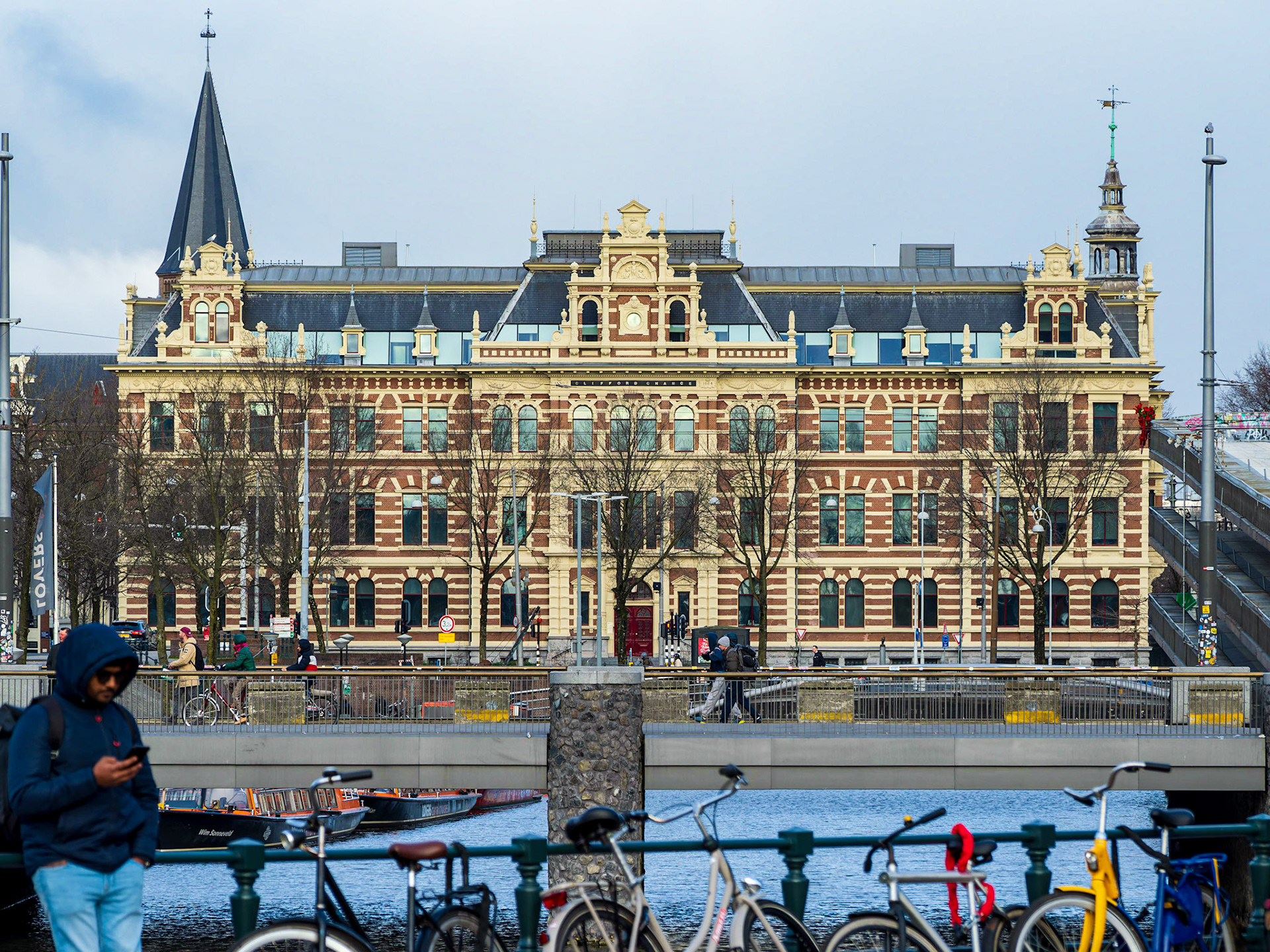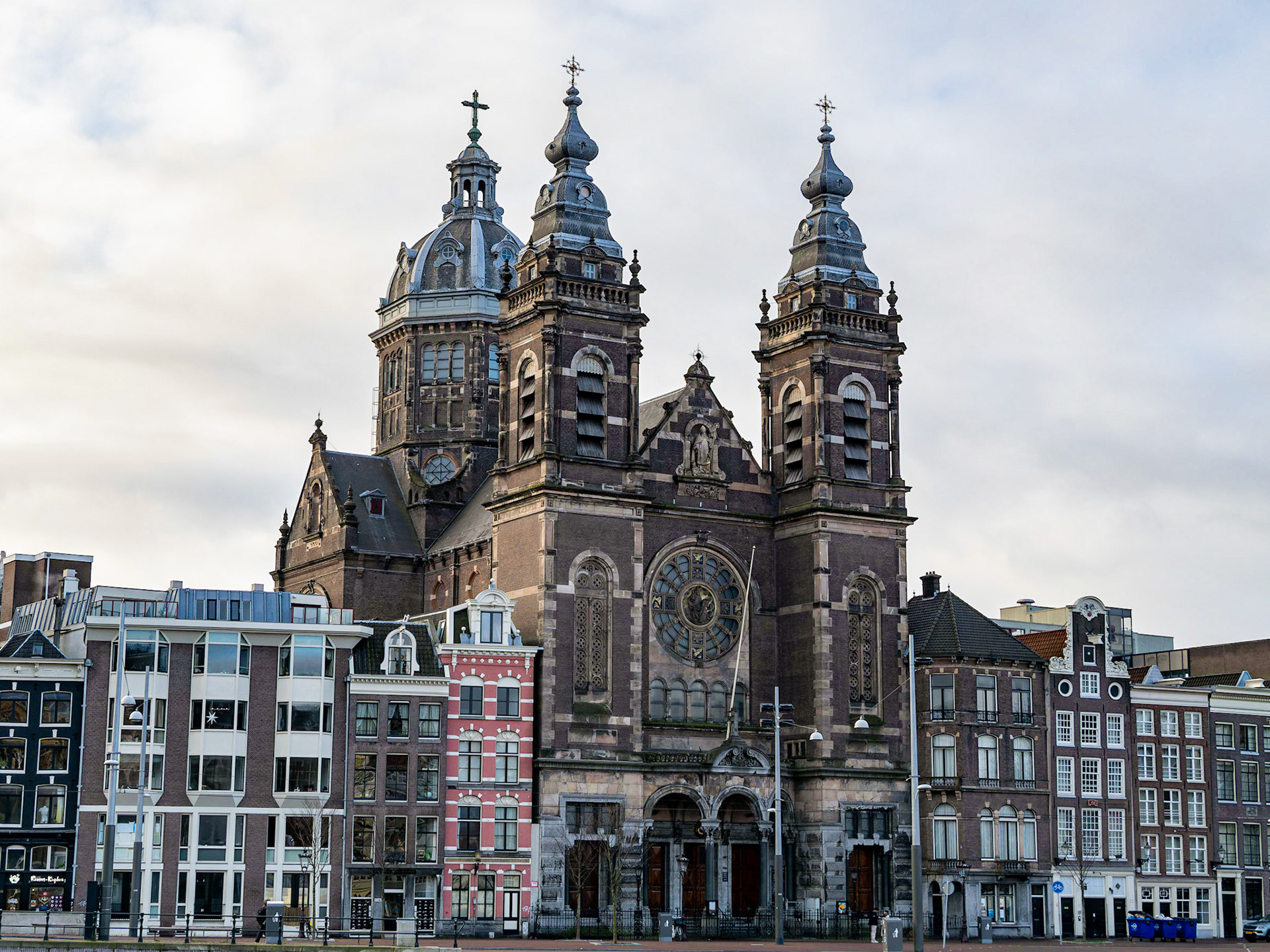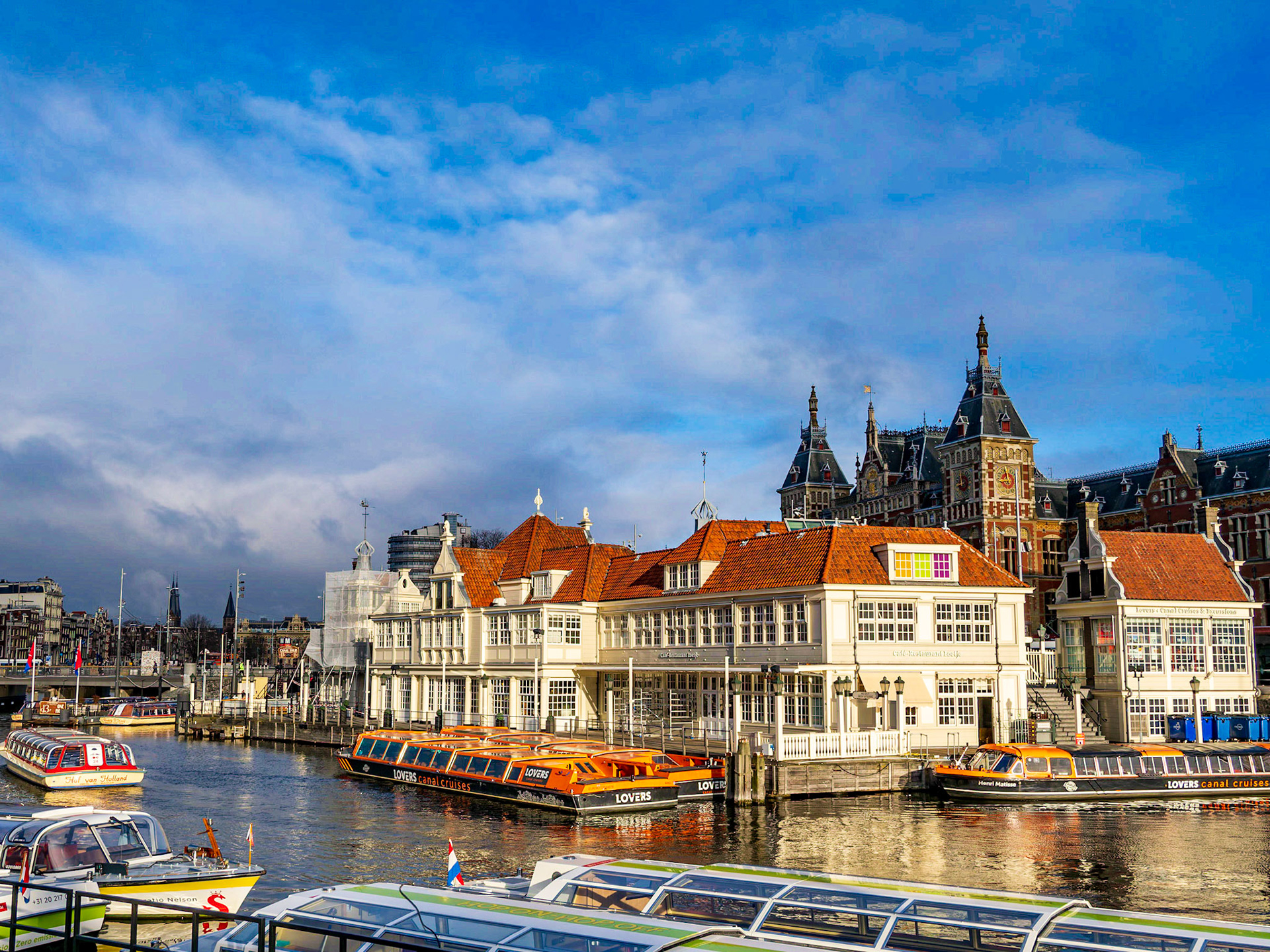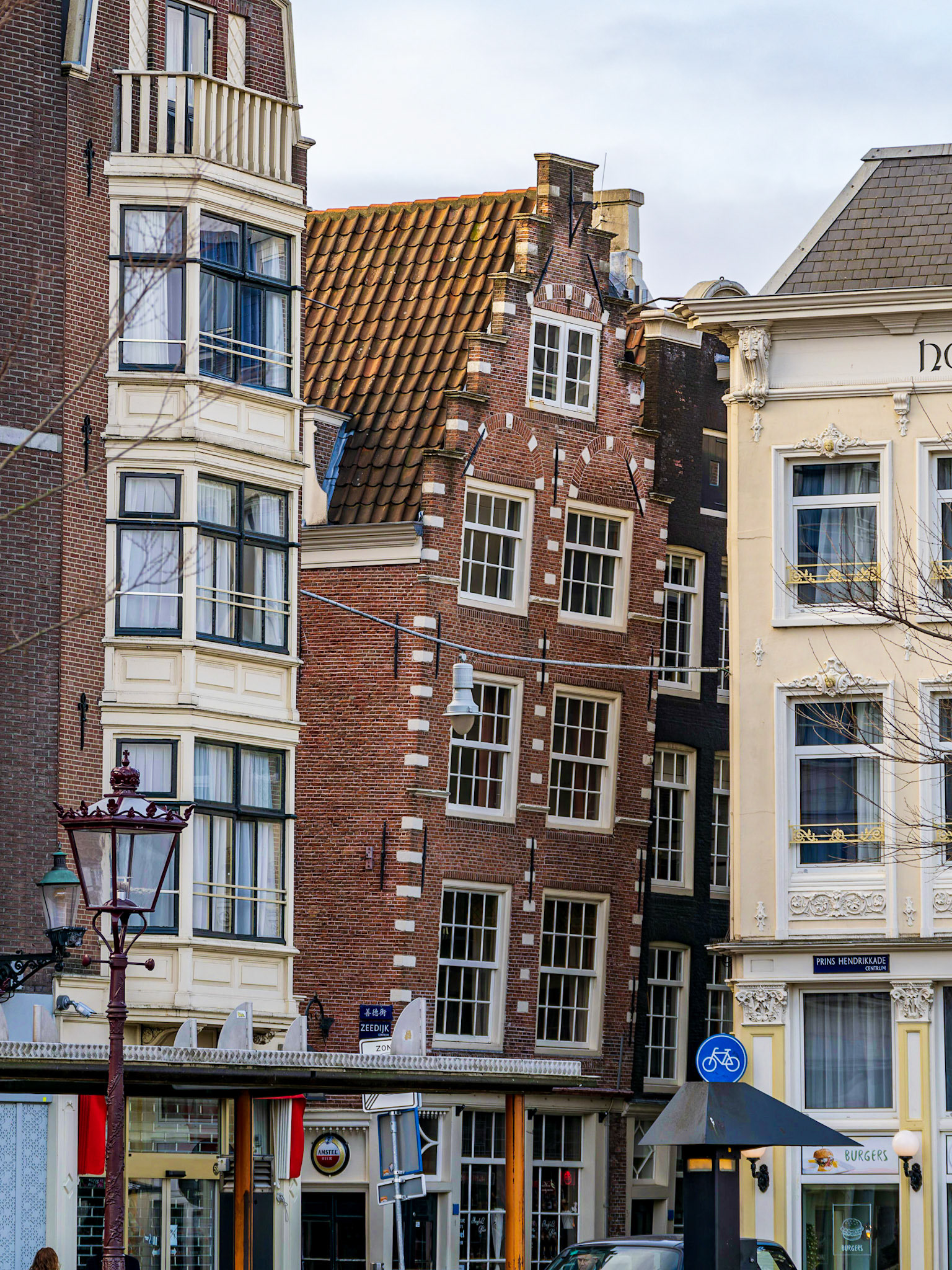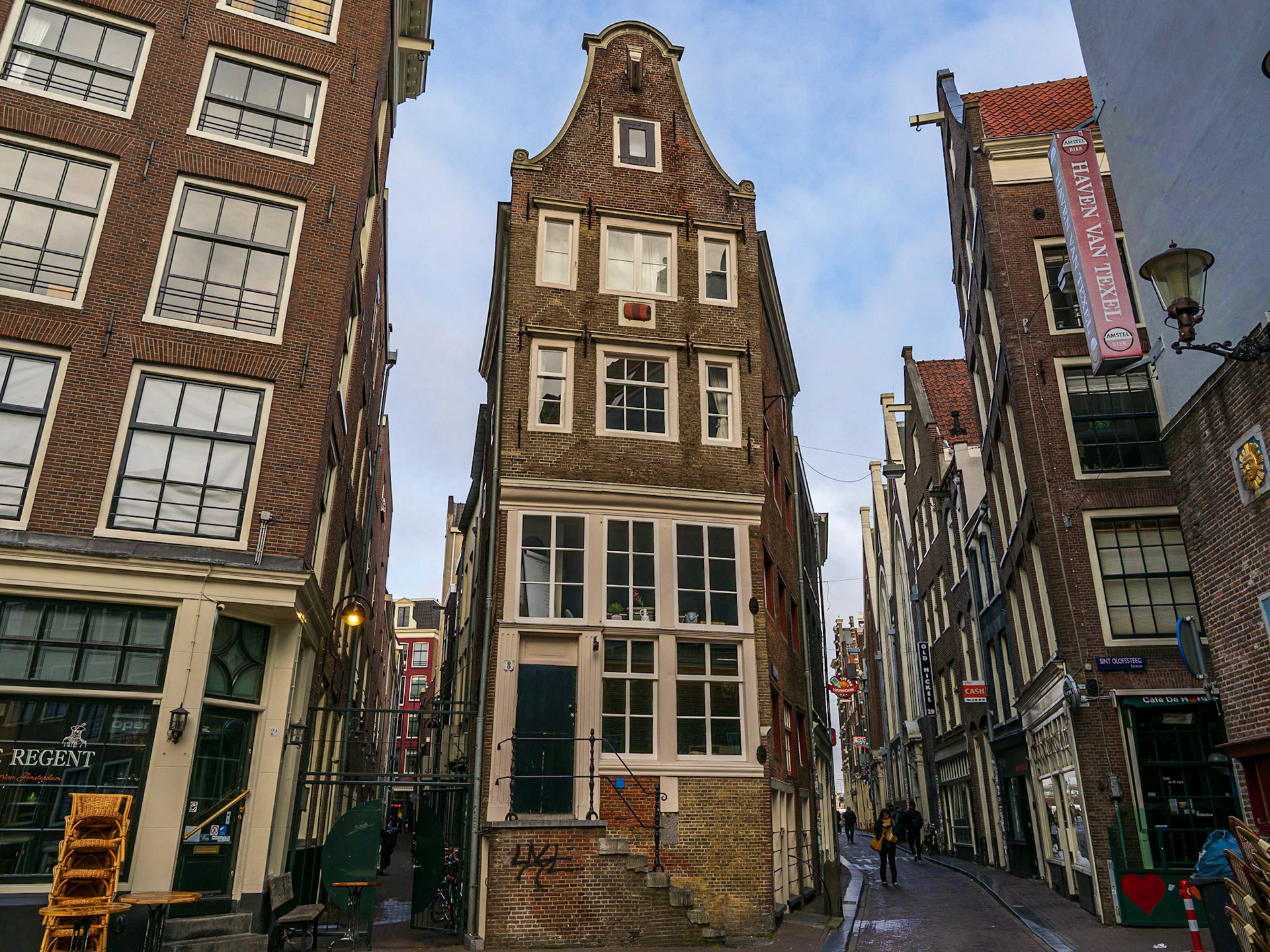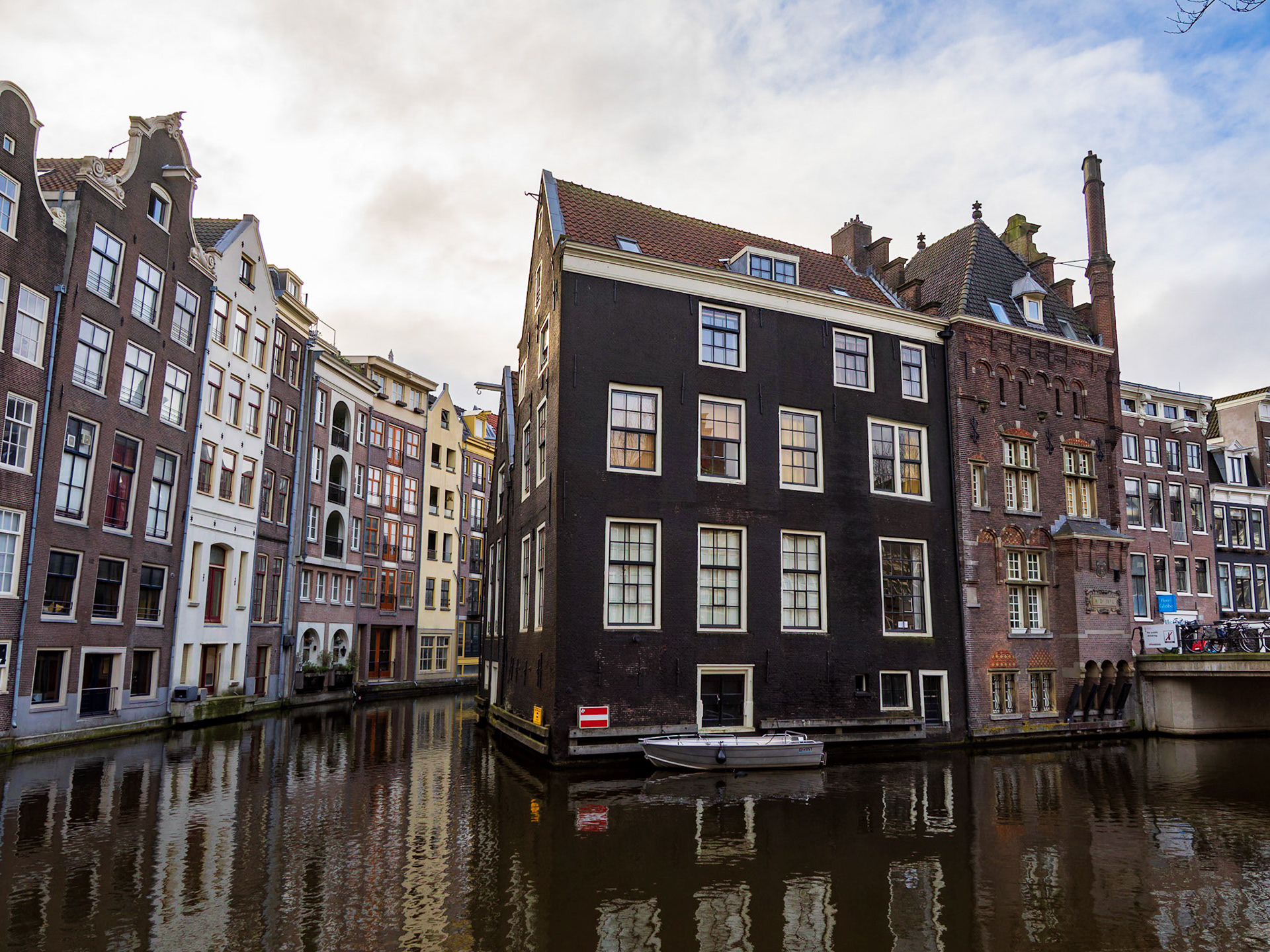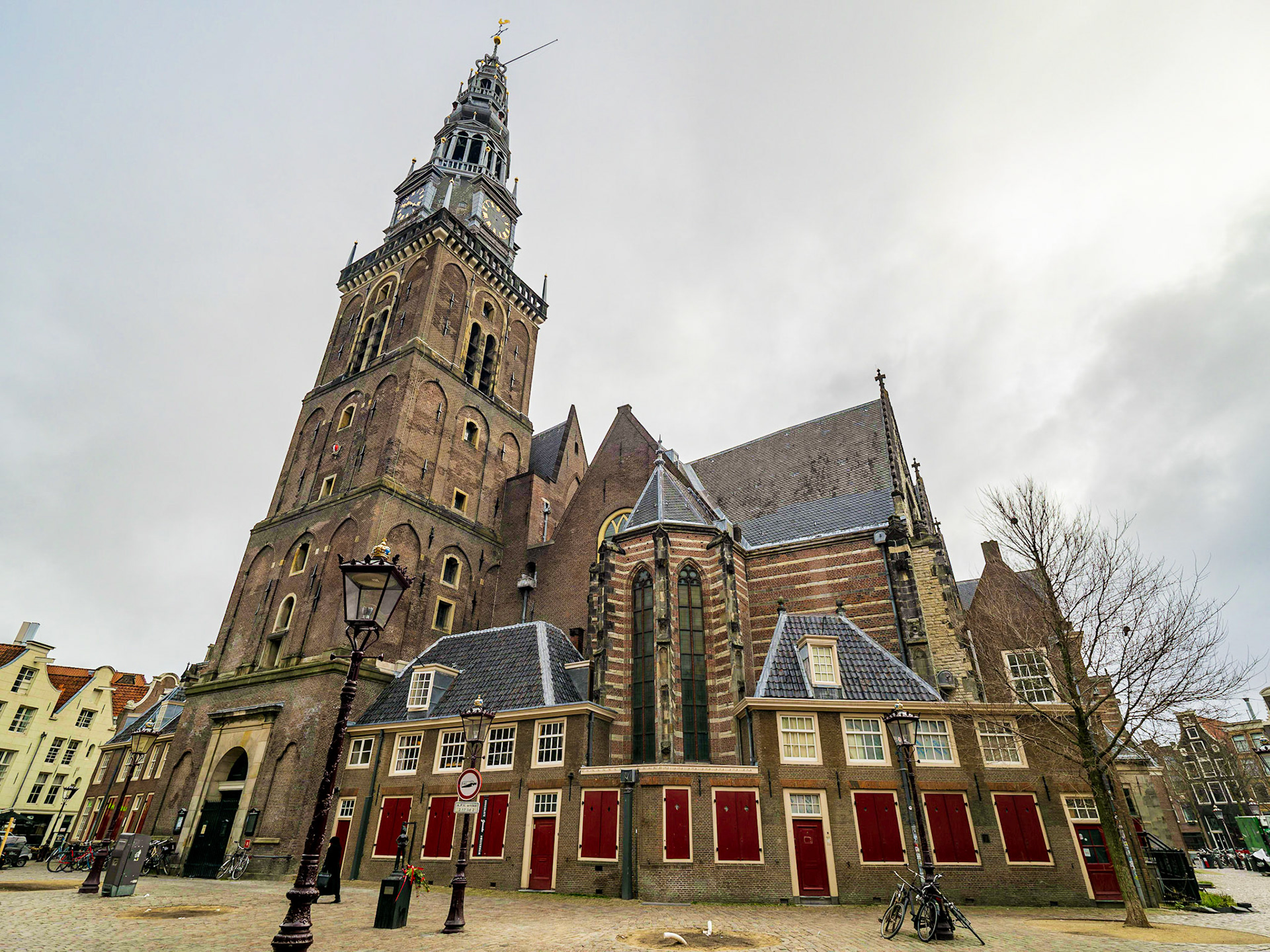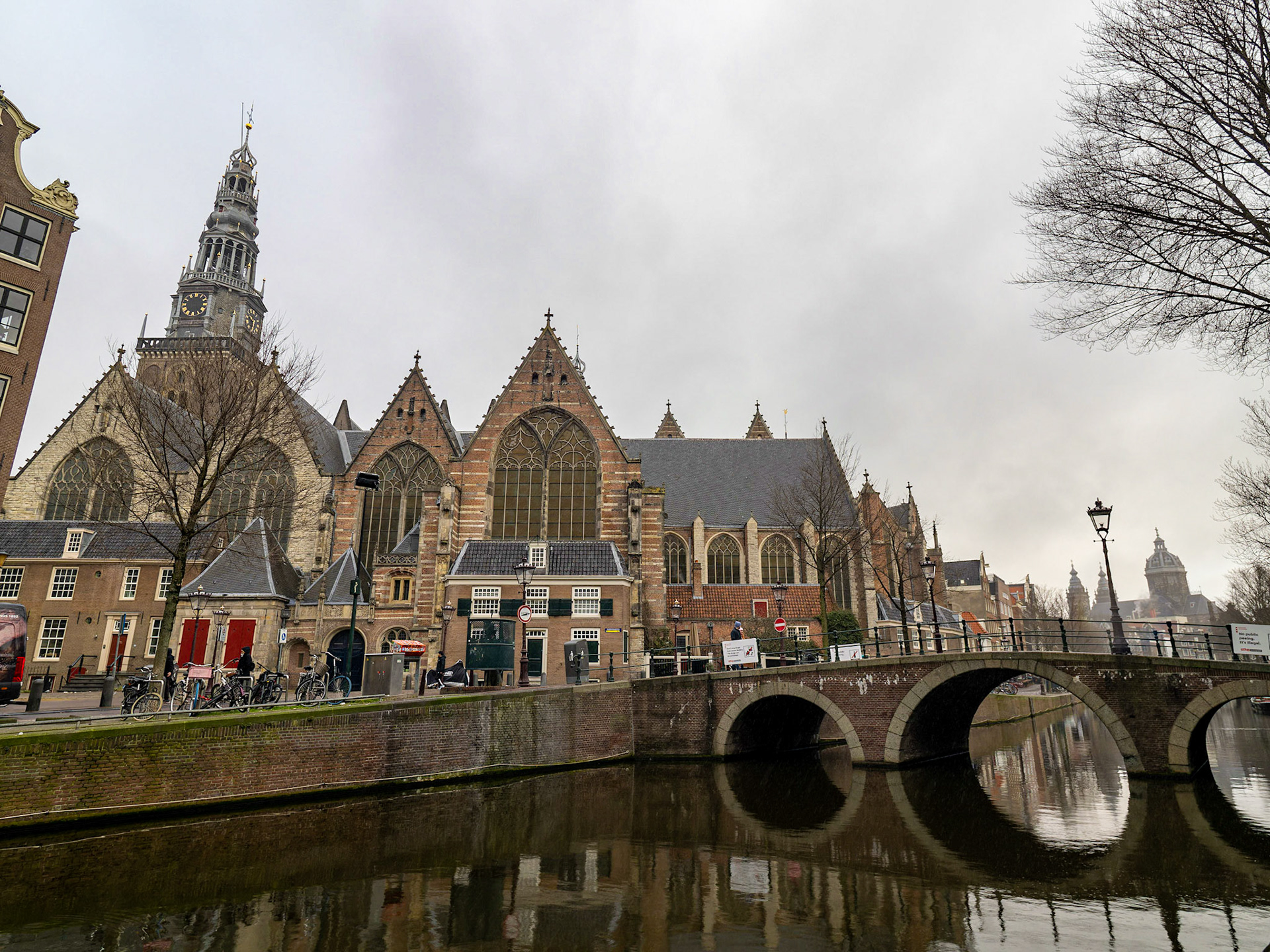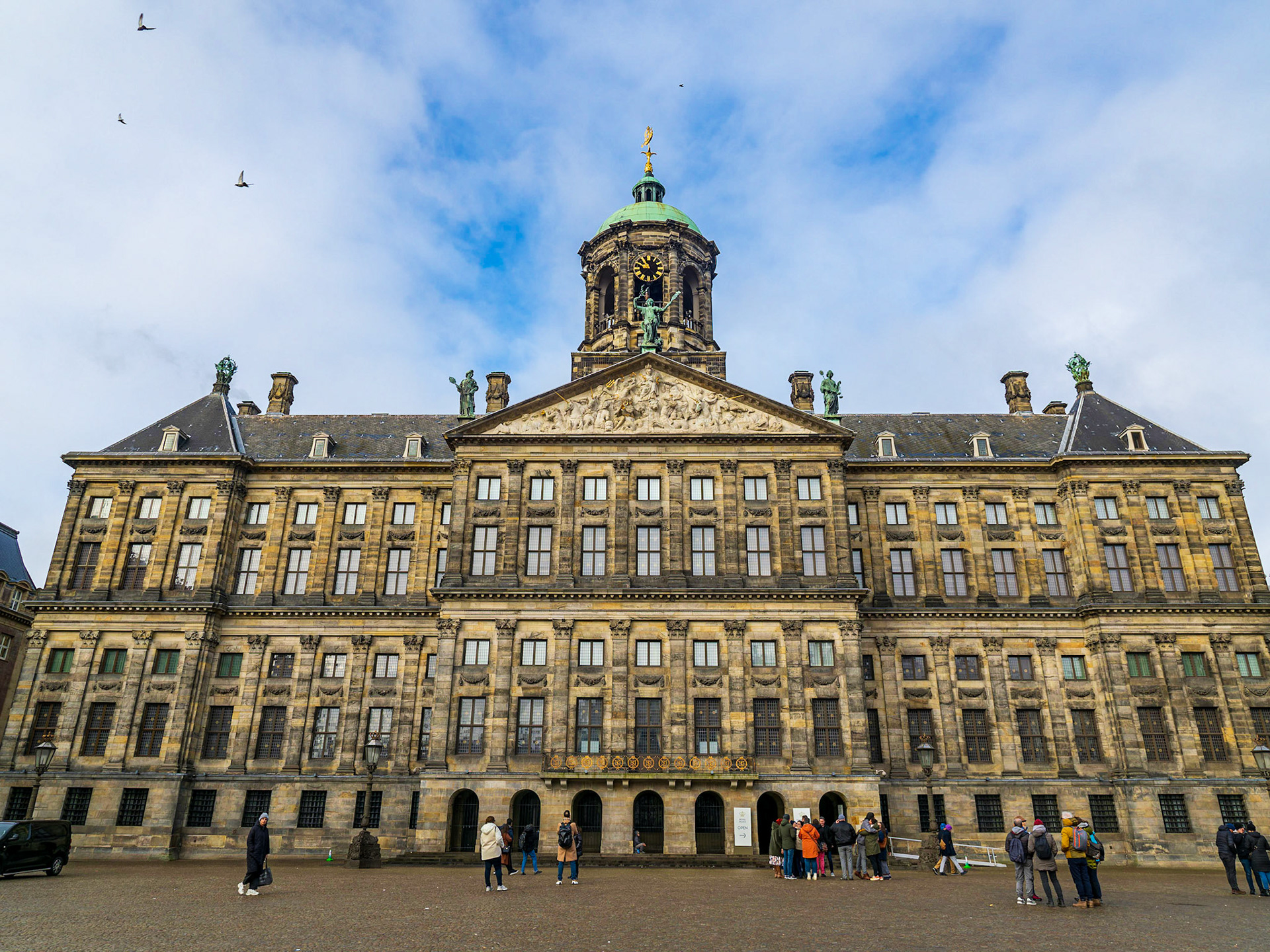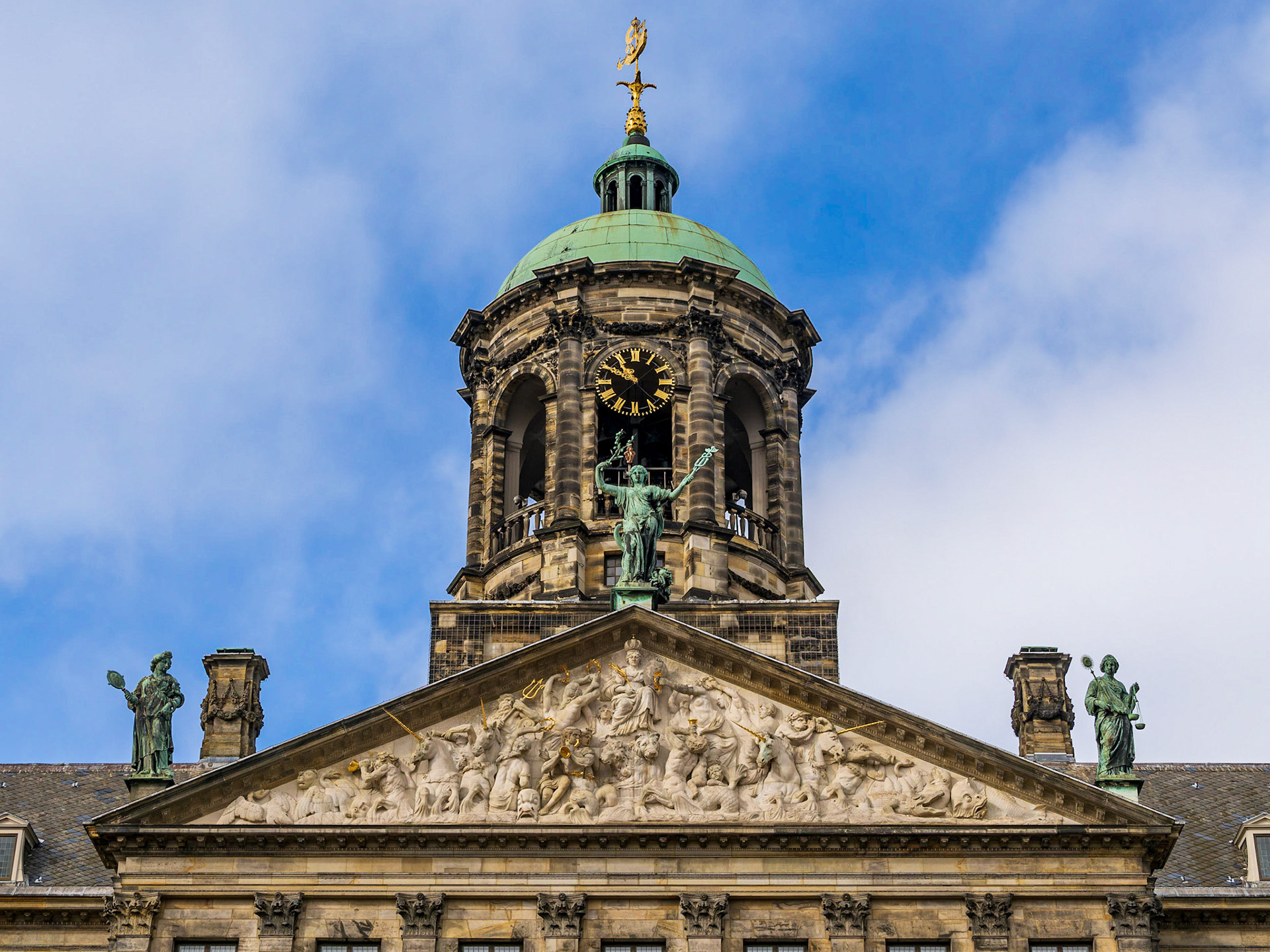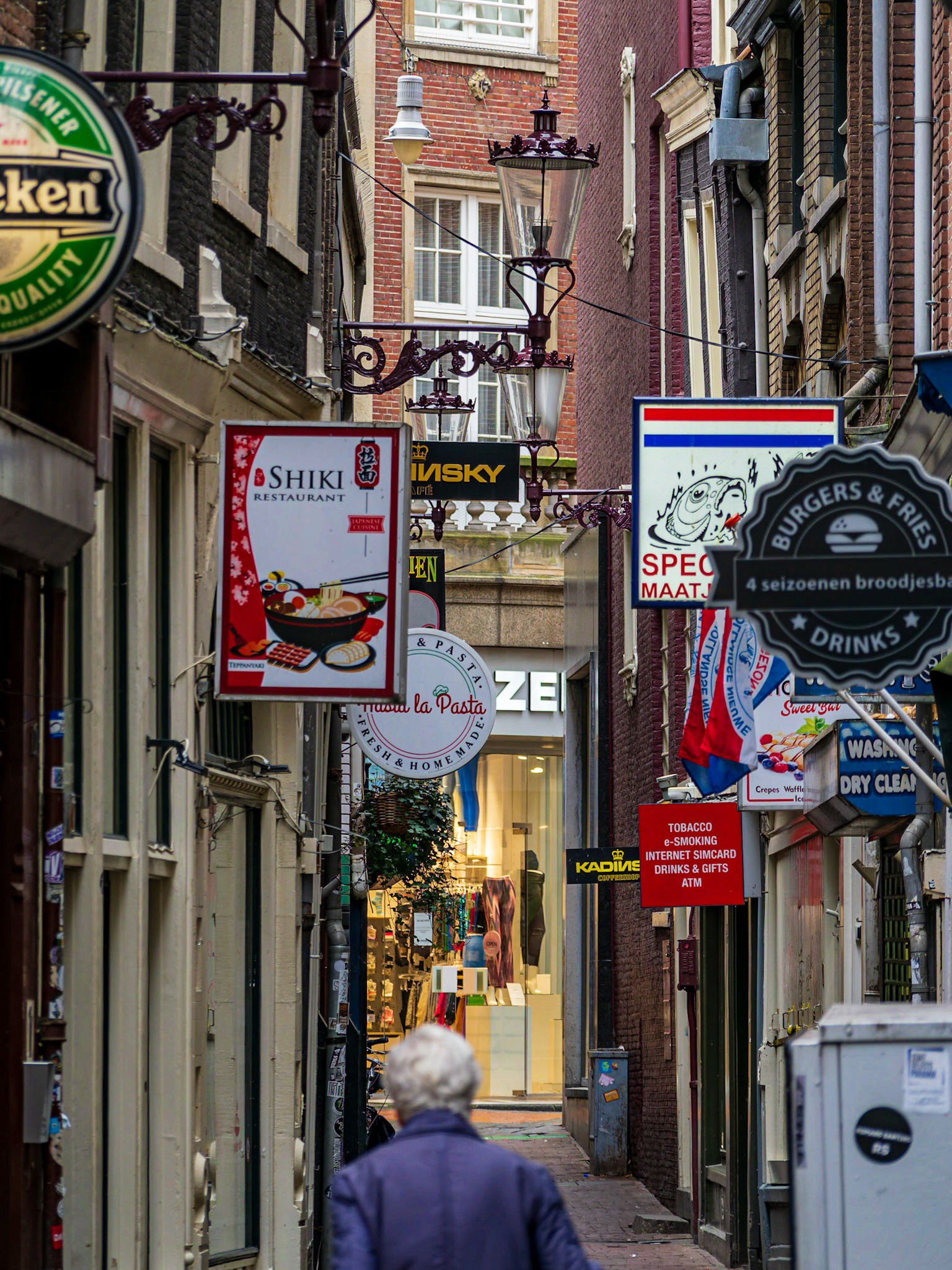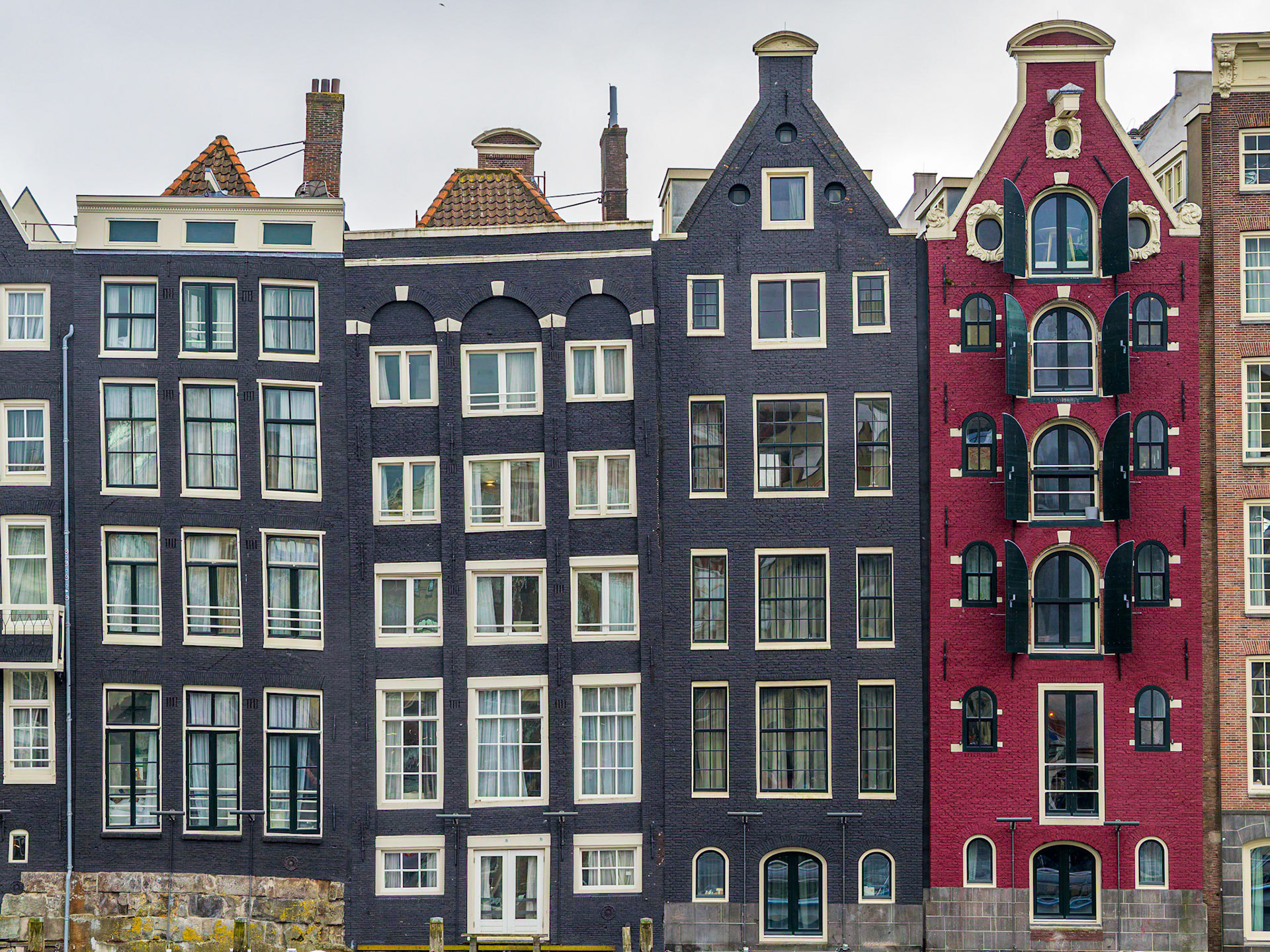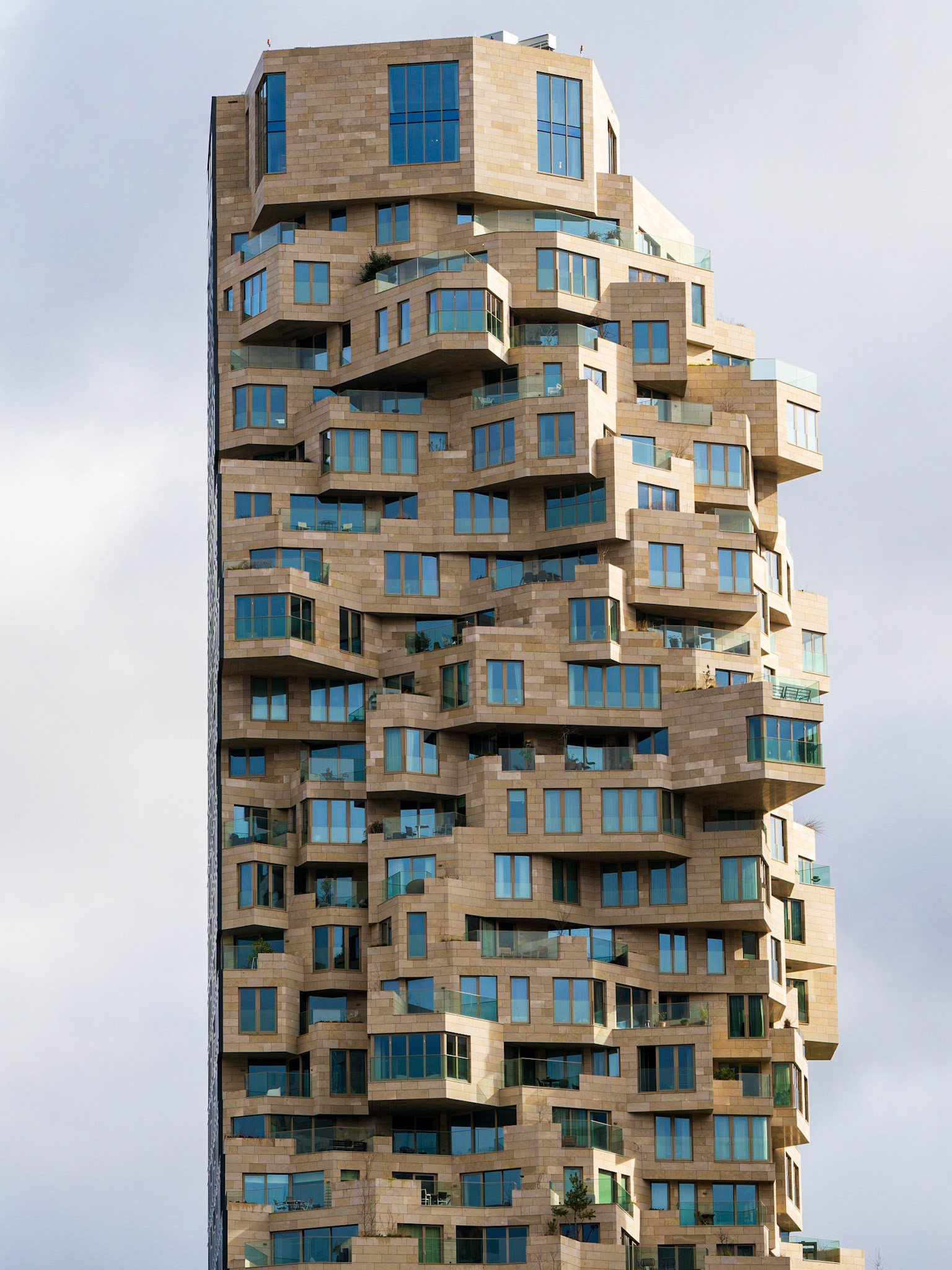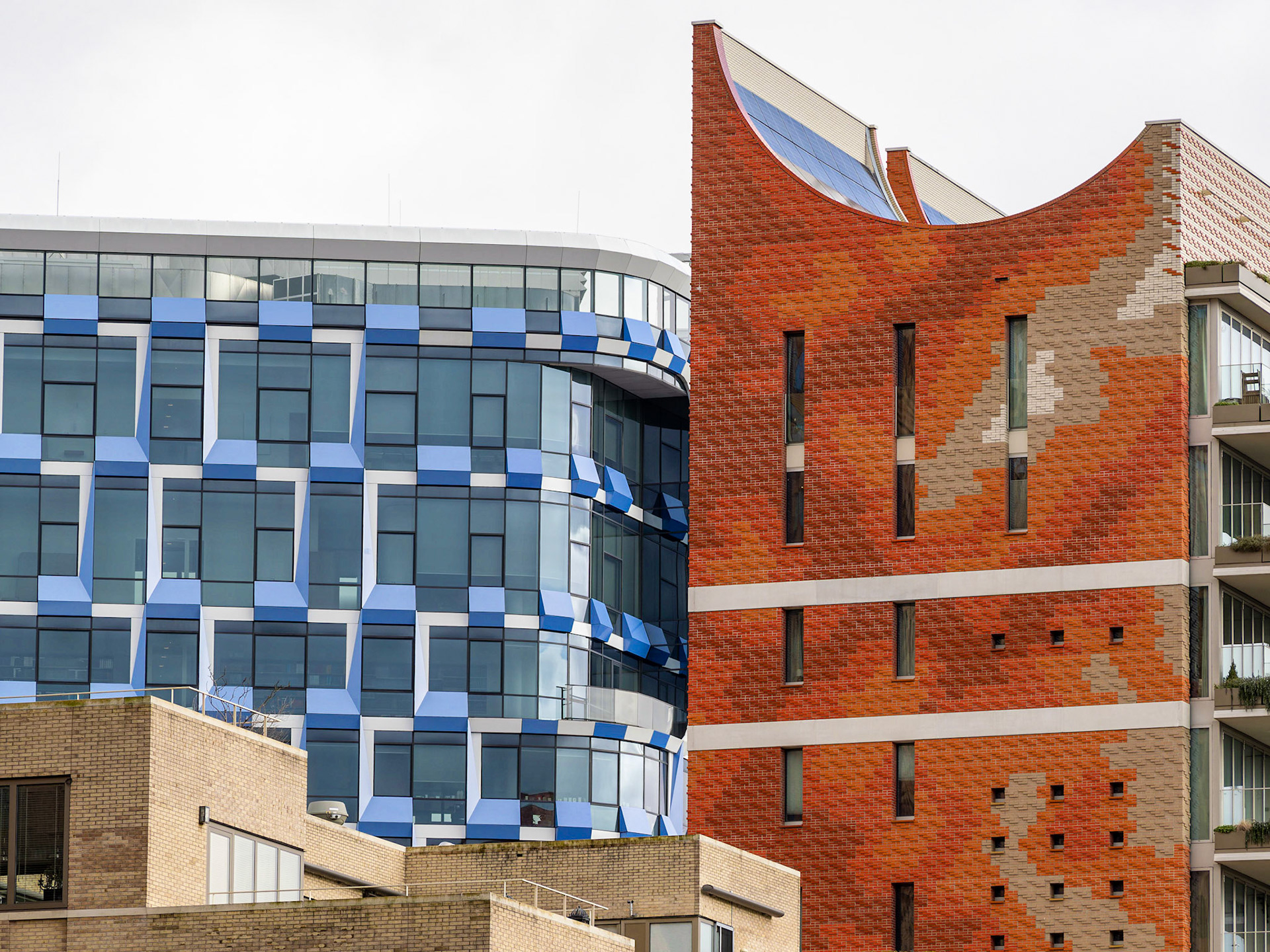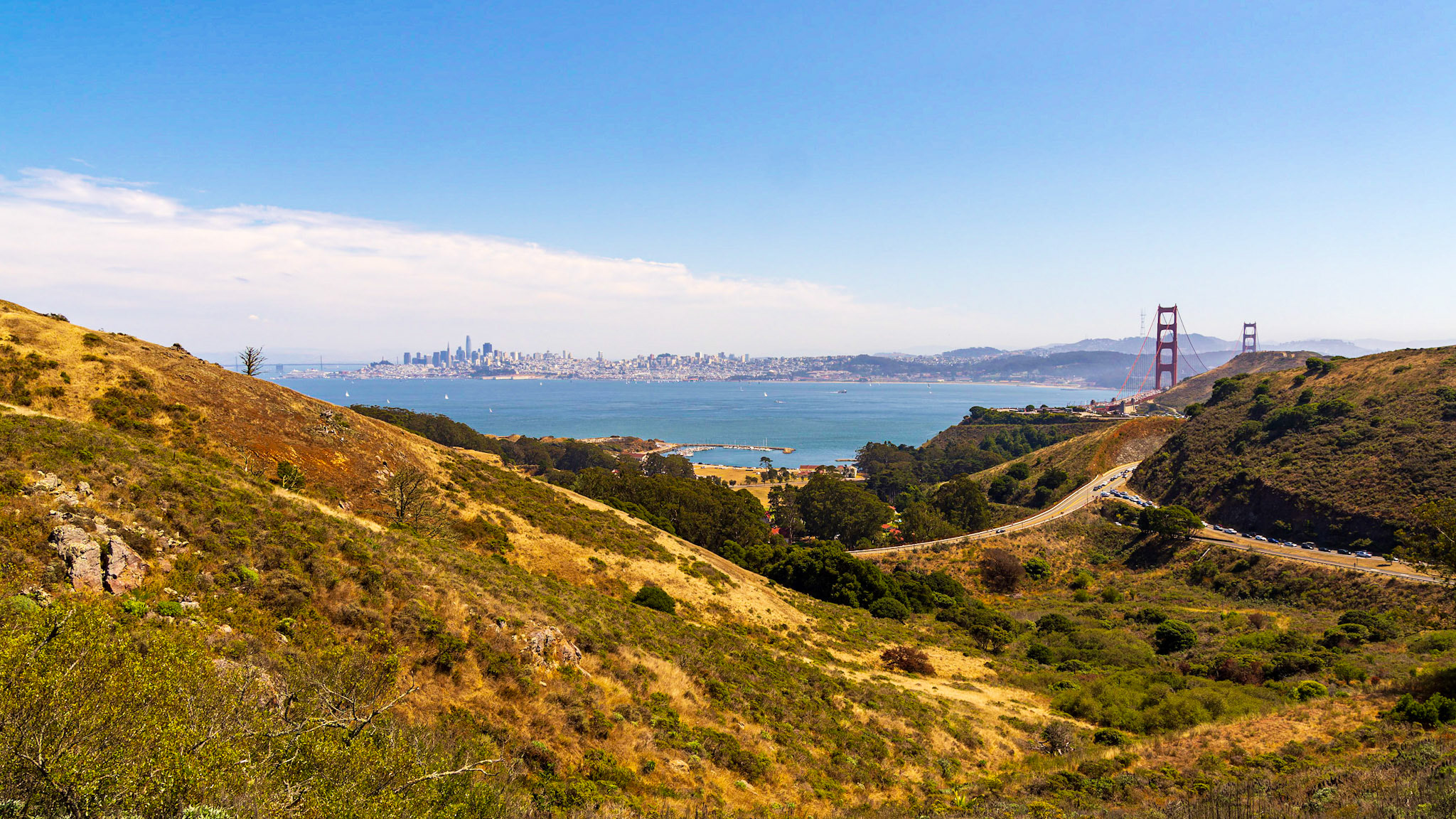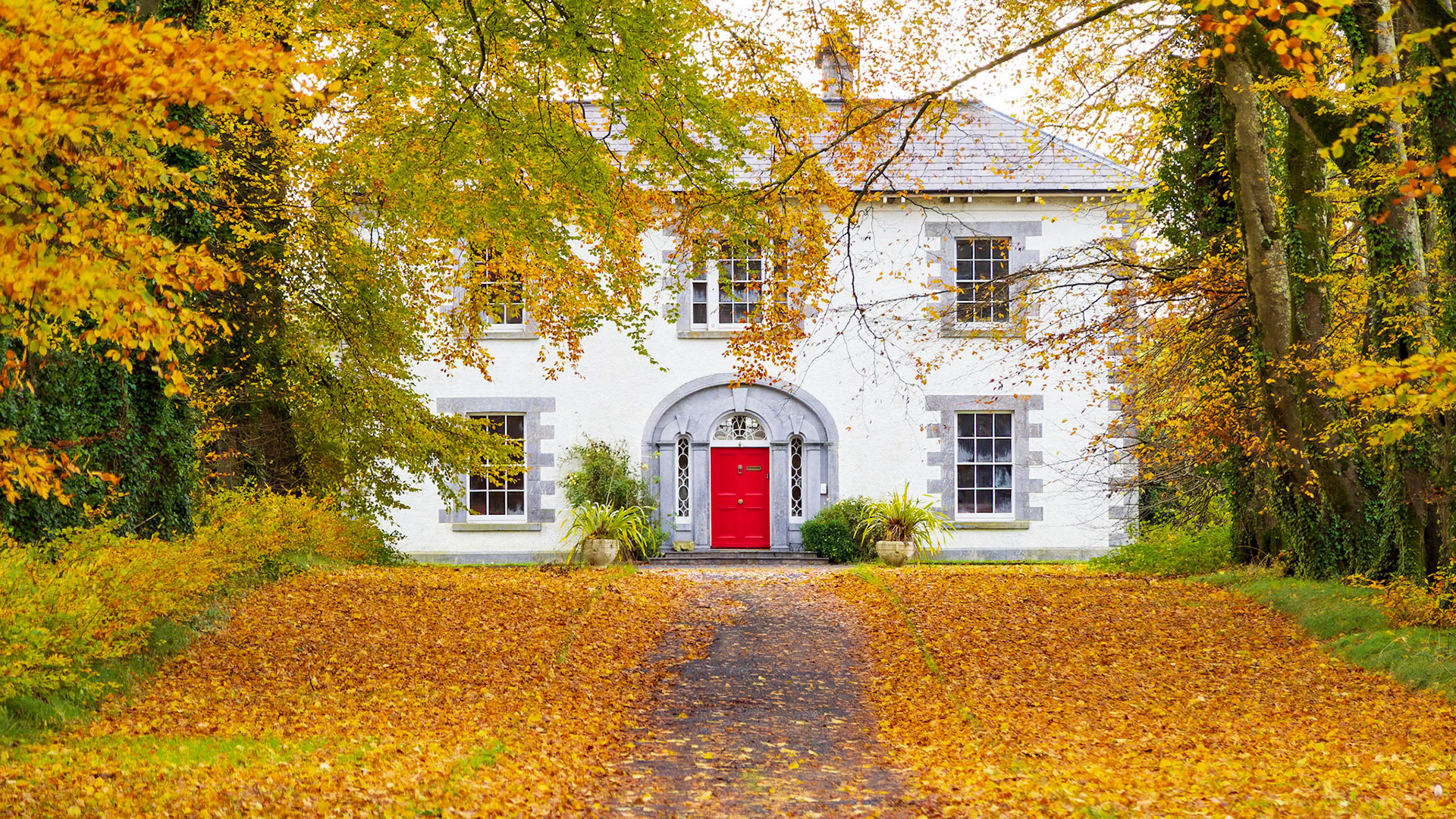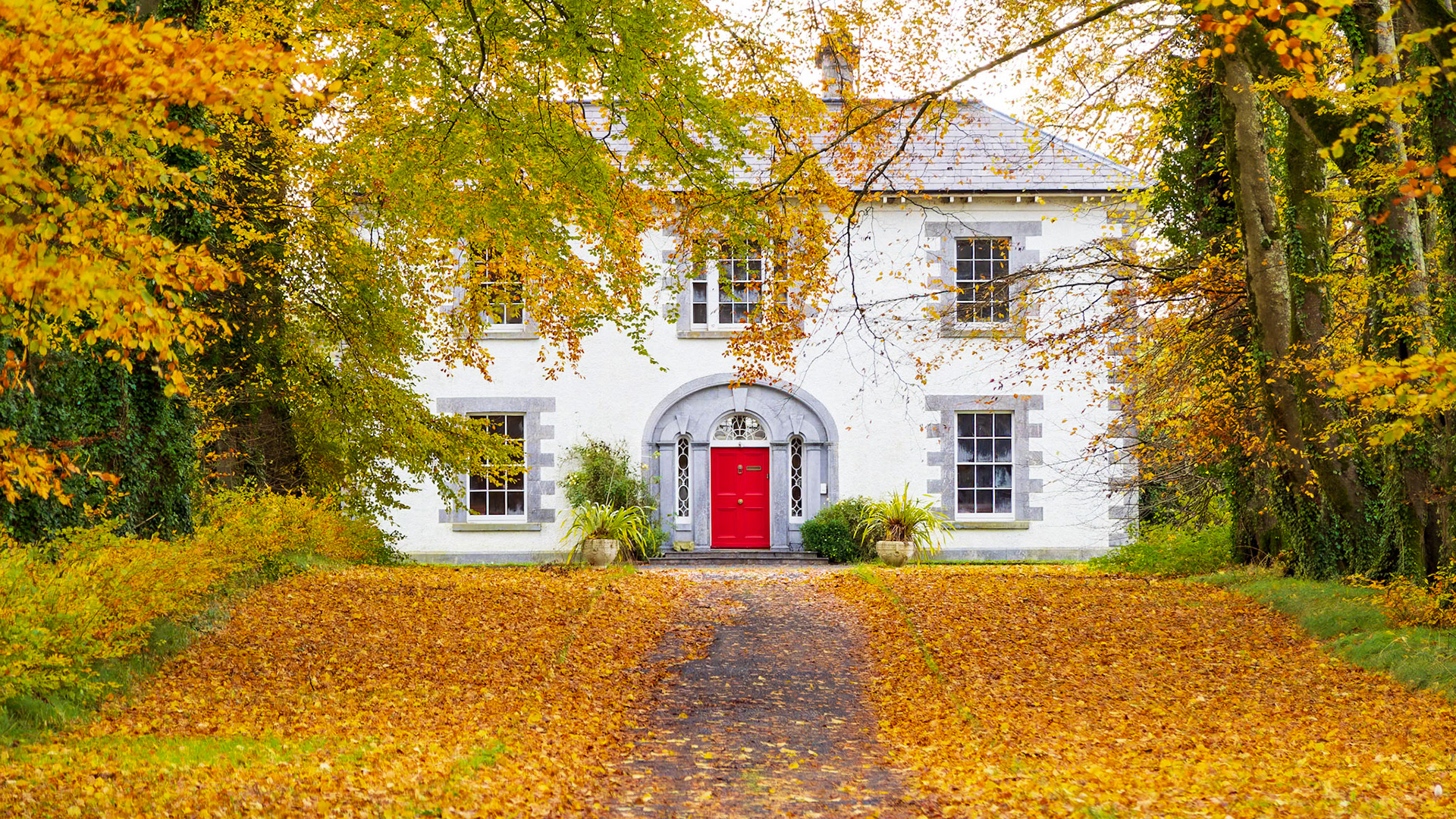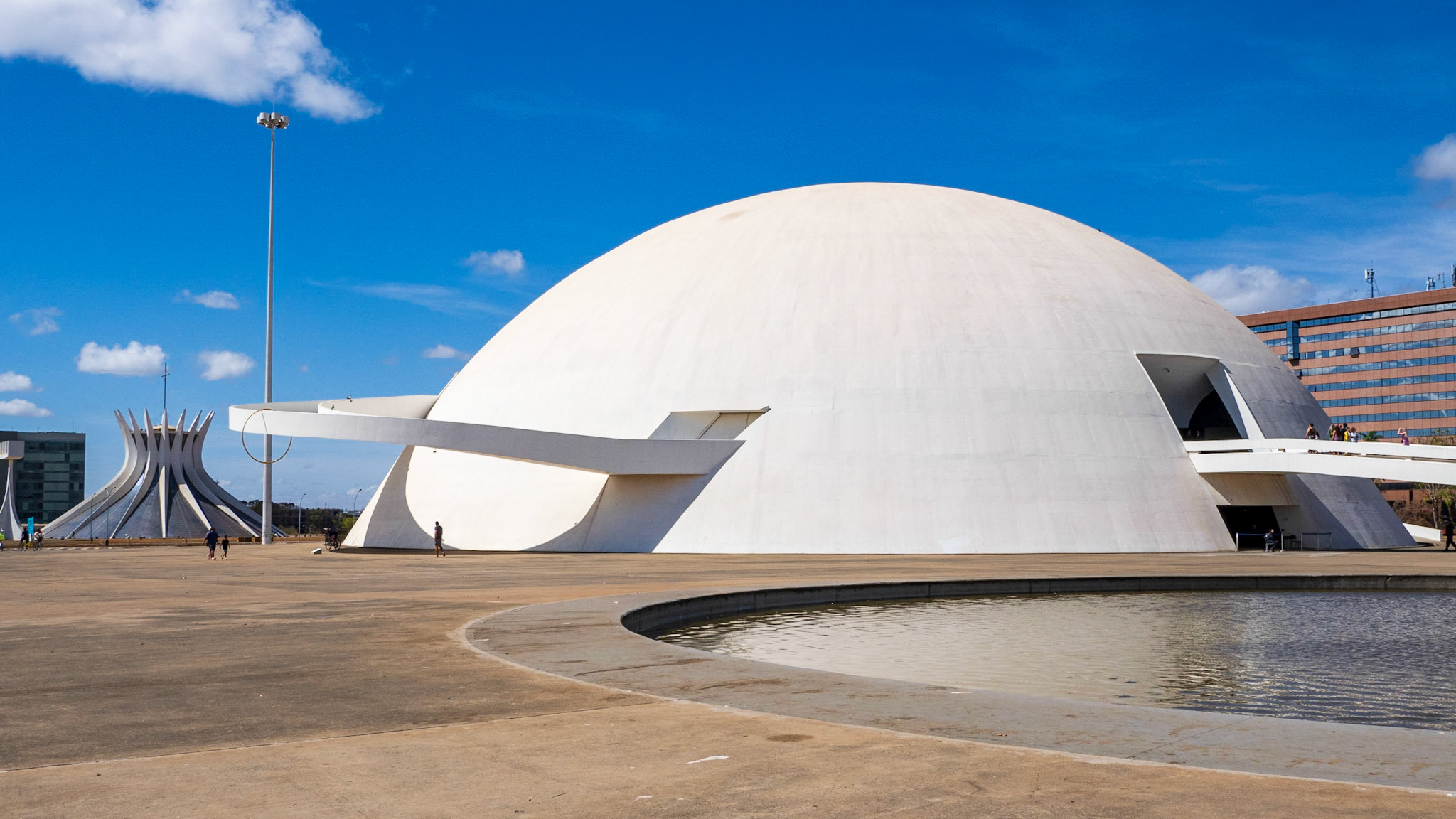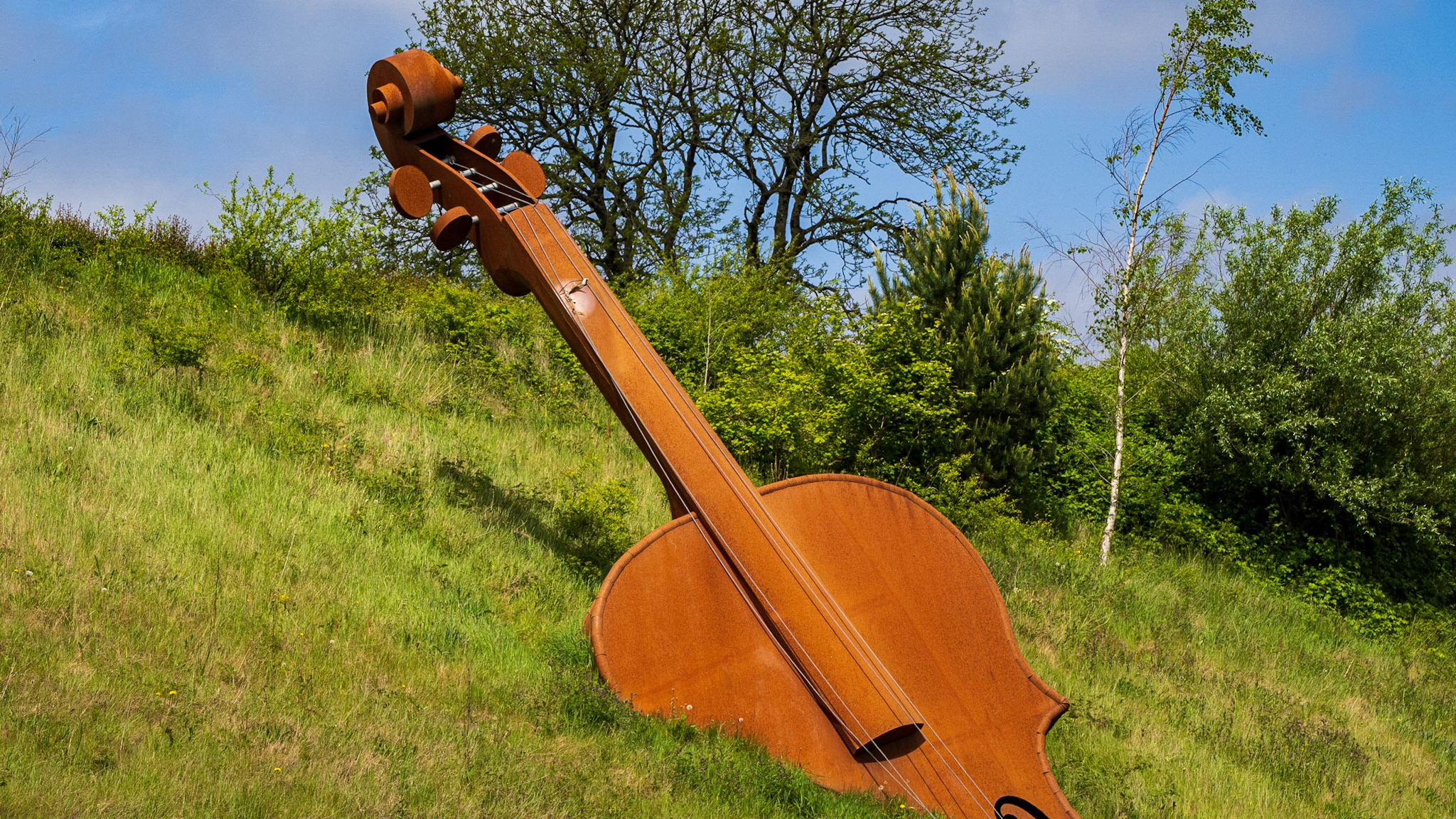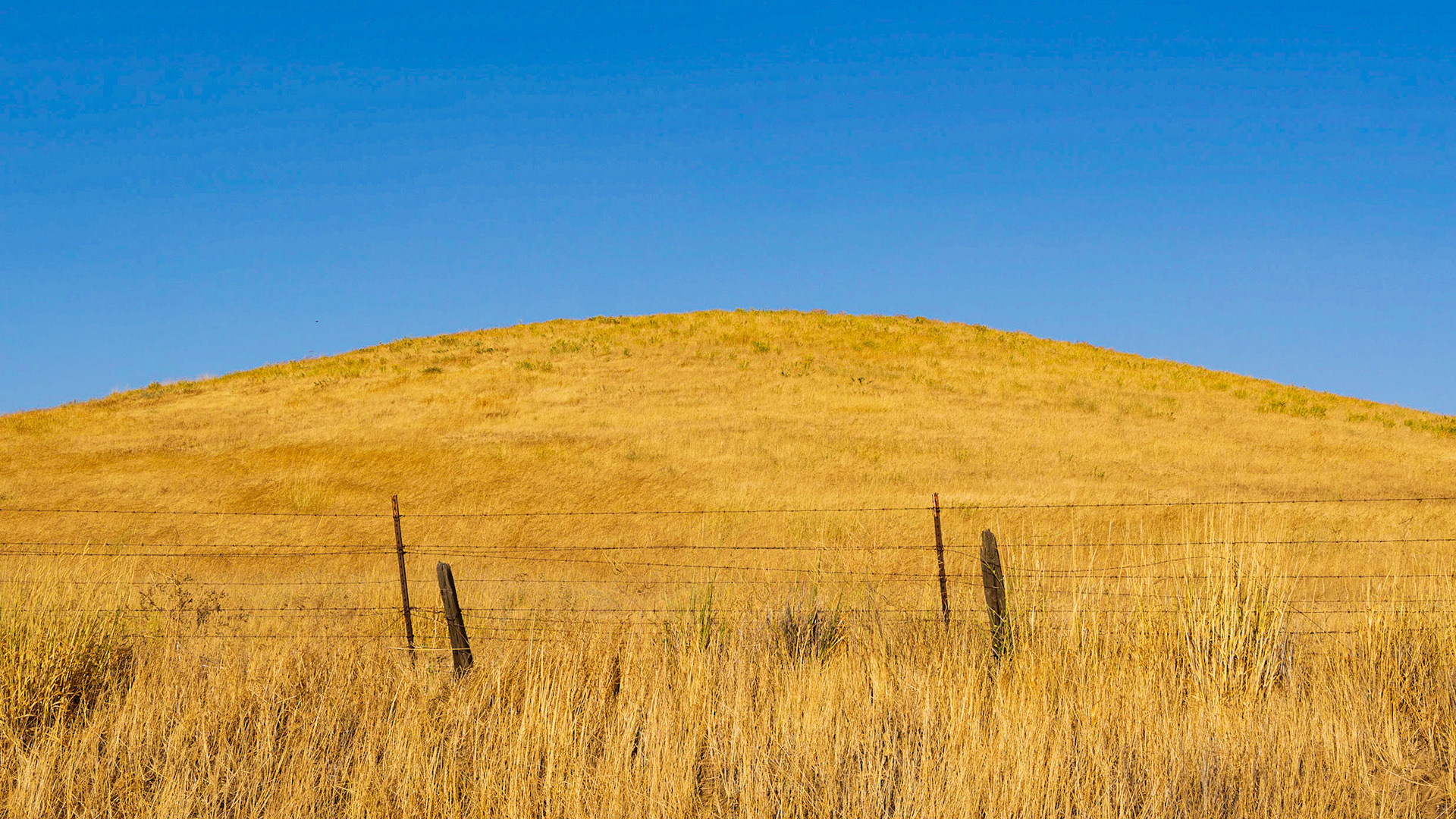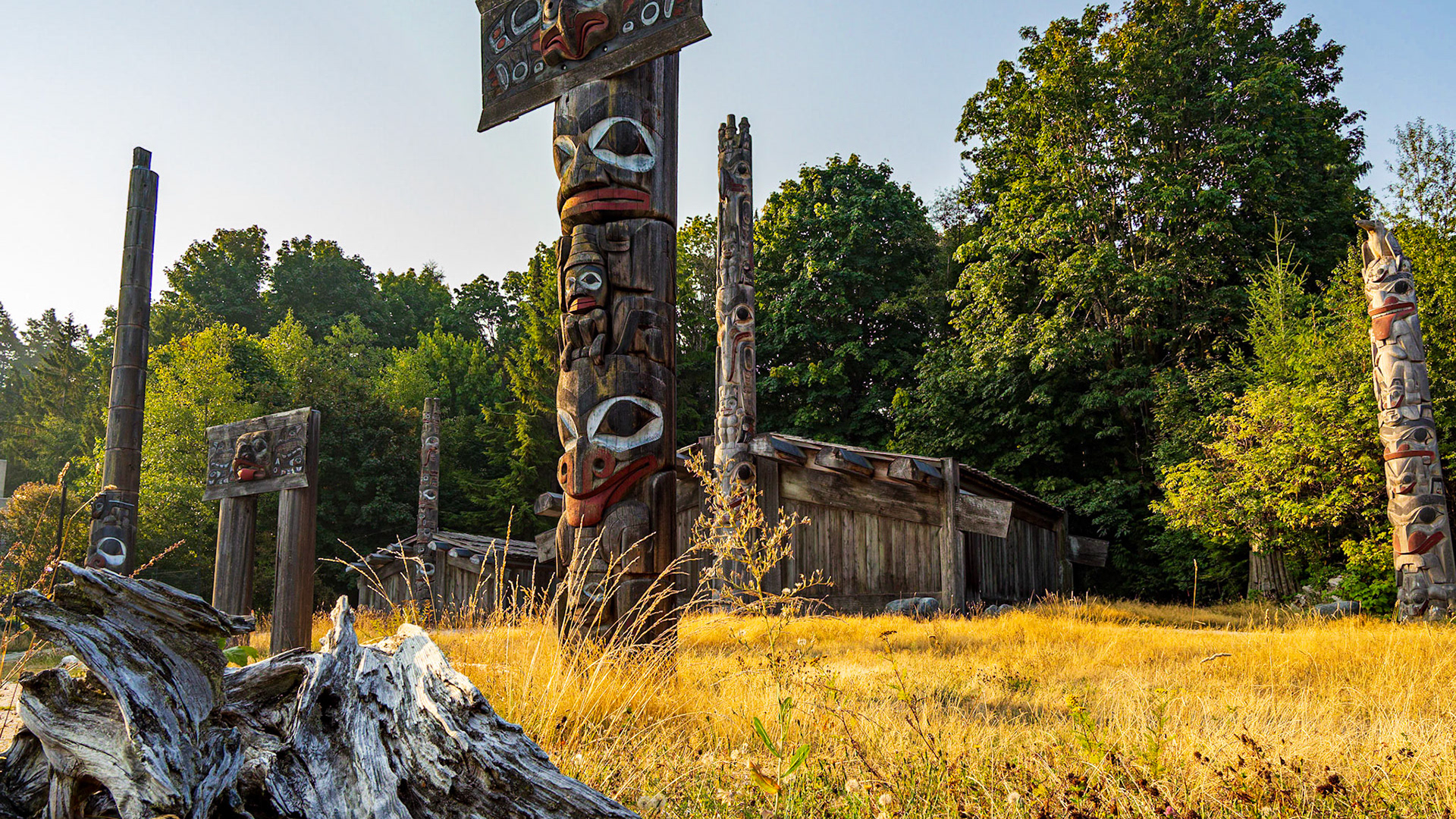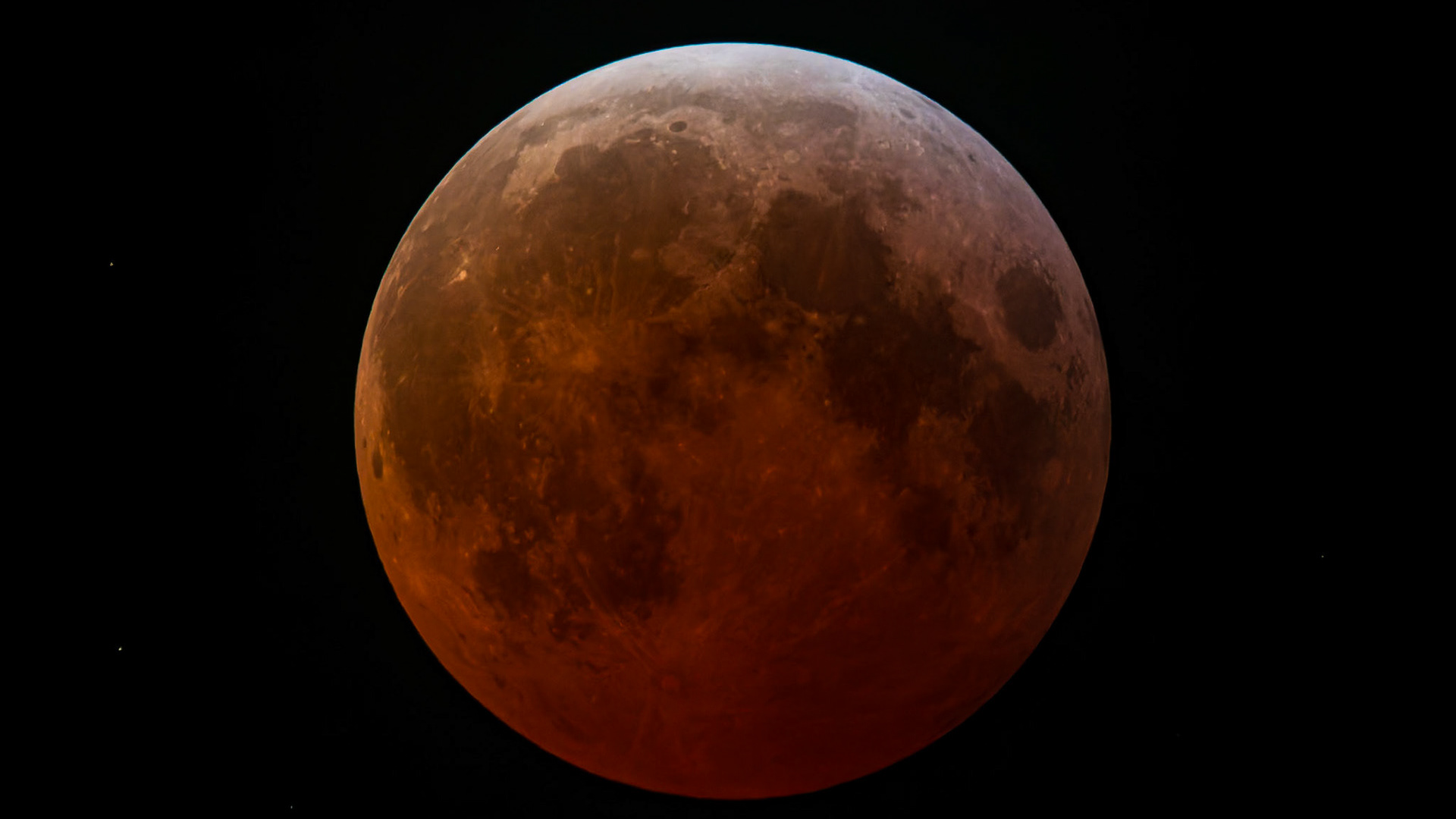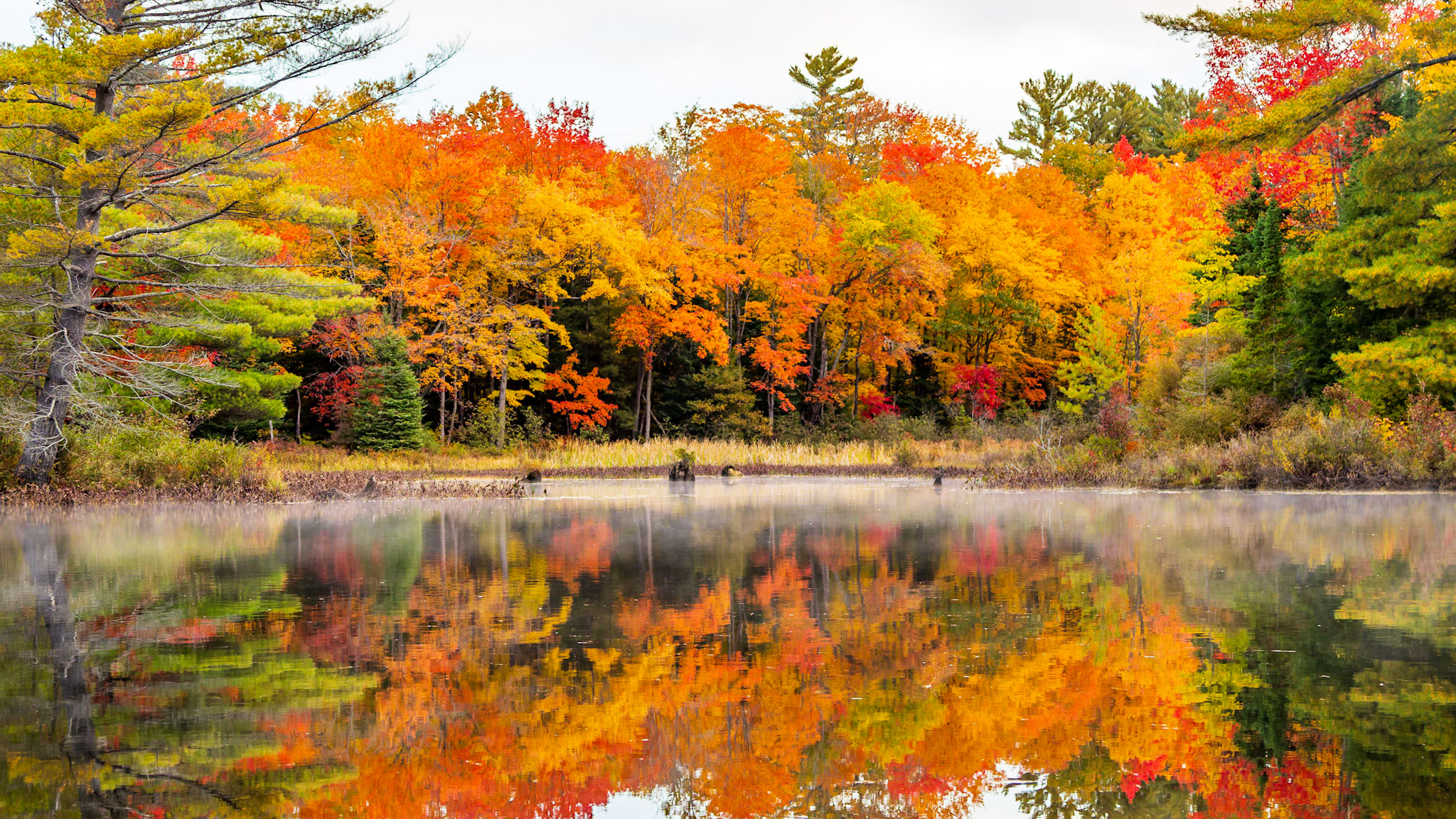
The Sassenpoort (English: Saxon Gate) is a gatehouse in the city wall of Zwolle, the Netherlands. It was built in 1409 out of dimension stone, mostly trachyte and tuff, and restoration work was done in 1893-1898. The gatehouse is a rijksmonument and is part of the Top 100 Dutch heritage sites.

The Paleis a/d Blijmarkt is Museum de Fundatie’s location in Zwolle. These neo-classicistic premises were erected between 1838 and 1841, based on a design by the architect Eduard Louis de Coninck from The Hague. The museum was spectacularly renovated in 2012 and since 1 June 2013 open to the public. 'THE EYE’, or 'The cloud', is what the elliptically shaped superstructure on the roof is called.
![The church was founded in 1367 as a chapel and named after Saint Lambert as a parish church in 1395. In that year, the Utrecht bishop Frederik van Blankenheim gave permission to form an independent parish for the faithful in Buren in the Lambertuskerk.[ 1] In the 15th century, the church was expanded with aisles and a new main choir and given its current form. The church has a tower with a Renaissance-style superstructure, which was built by Alessandro Pasqualini and Pieter Post.](data:image/gif;base64,R0lGODlhAQABAIAAAAAAAP///yH5BAEAAAAALAAAAAABAAEAAAIBRAA7)
The church was founded in 1367 as a chapel and named after Saint Lambert as a parish church in 1395. In that year, the Utrecht bishop Frederik van Blankenheim gave permission to form an independent parish for the faithful in Buren in the Lambertuskerk.[ 1] In the 15th century, the church was expanded with aisles and a new main choir and given its current form. The church has a tower with a Renaissance-style superstructure, which was built by Alessandro Pasqualini and Pieter Post.
![The Marechaussee Museum (Dutch - Marechausseemuseum) or Royal Marechaussee Museum (Museum der Koninklijke Marechaussee) is a museum on the history of the Royal Marechaussee of the Netherlands from its foundation by William I of the Netherlands on 26 October 1814 until the present day.[1] It is based in the former Koninklijk Weeshuis in Buren, originally opened as an orphanage on 26 May 1612 by Maria van Nassau and remaining in that role until 1953.It is the oldest police museum in the Netherlands and on 7 December 2005 was added to the 'Museumregister Nederland'. It and four other major Dutch military museums are overseen by the Koninklijke Stichting Defensiemusea.](data:image/gif;base64,R0lGODlhAQABAIAAAAAAAP///yH5BAEAAAAALAAAAAABAAEAAAIBRAA7)
The Marechaussee Museum (Dutch - Marechausseemuseum) or Royal Marechaussee Museum (Museum der Koninklijke Marechaussee) is a museum on the history of the Royal Marechaussee of the Netherlands from its foundation by William I of the Netherlands on 26 October 1814 until the present day.[1] It is based in the former Koninklijk Weeshuis in Buren, originally opened as an orphanage on 26 May 1612 by Maria van Nassau and remaining in that role until 1953.It is the oldest police museum in the Netherlands and on 7 December 2005 was added to the 'Museumregister Nederland'. It and four other major Dutch military museums are overseen by the Koninklijke Stichting Defensiemusea.

De Prins van Oranje (English: The Prince of Orange) is a tower mill in Buren, Gelderland, Netherlands which was built in 1716 and has been restored to working order.

The most famous medieval castle in Holland is the Muiderslot National Museum in Muiden. This fortress at the mouth of the River Vecht was built around 1280 by Count Floris V. Soon thereafter, in 1296, the castle was destroyed by Bishop Willem van Mechelen. In 1380, a new castle was built on the ruins of the old one.

Amsterdam Centraal station

Amsterdam Centraal station
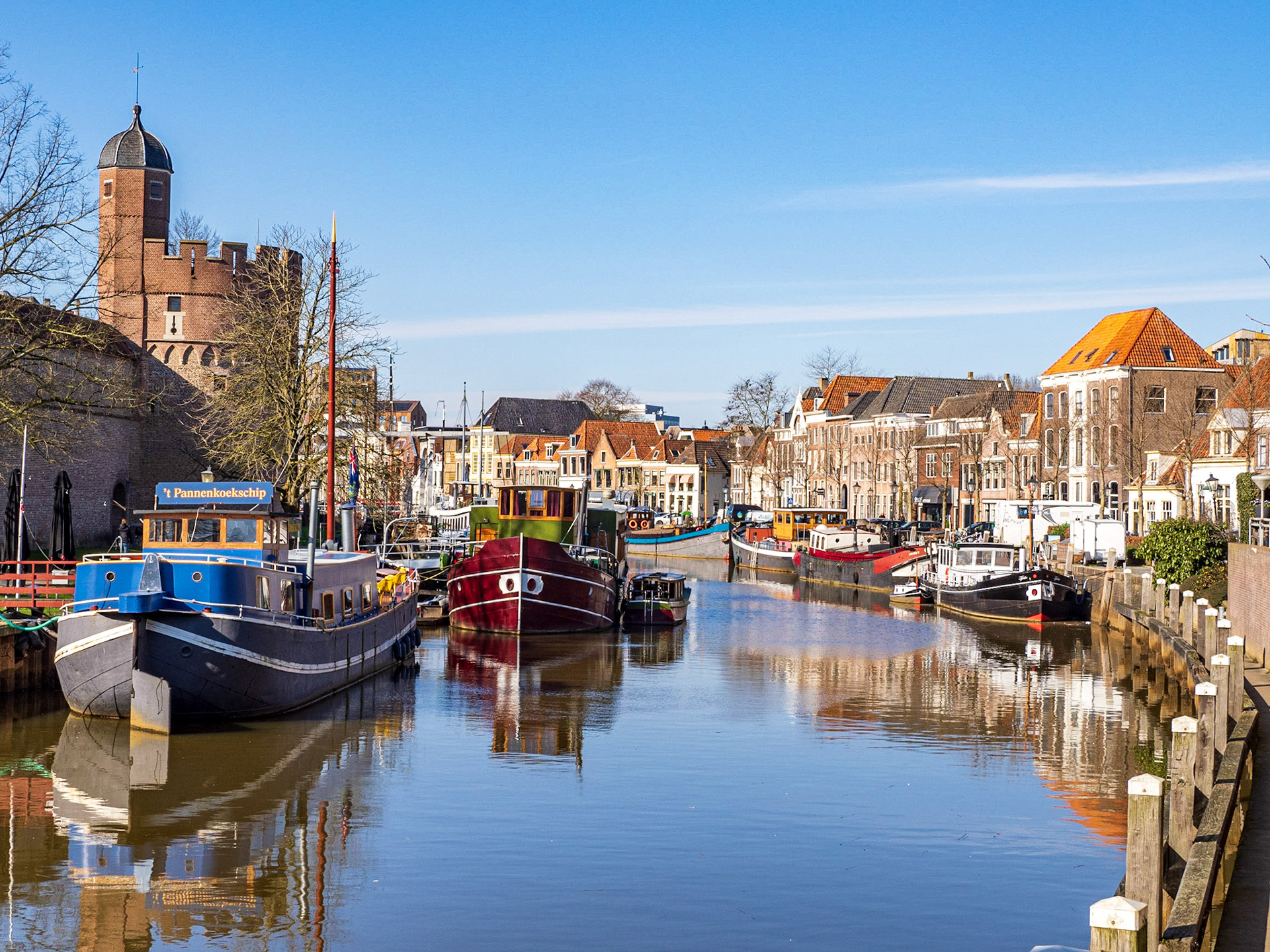
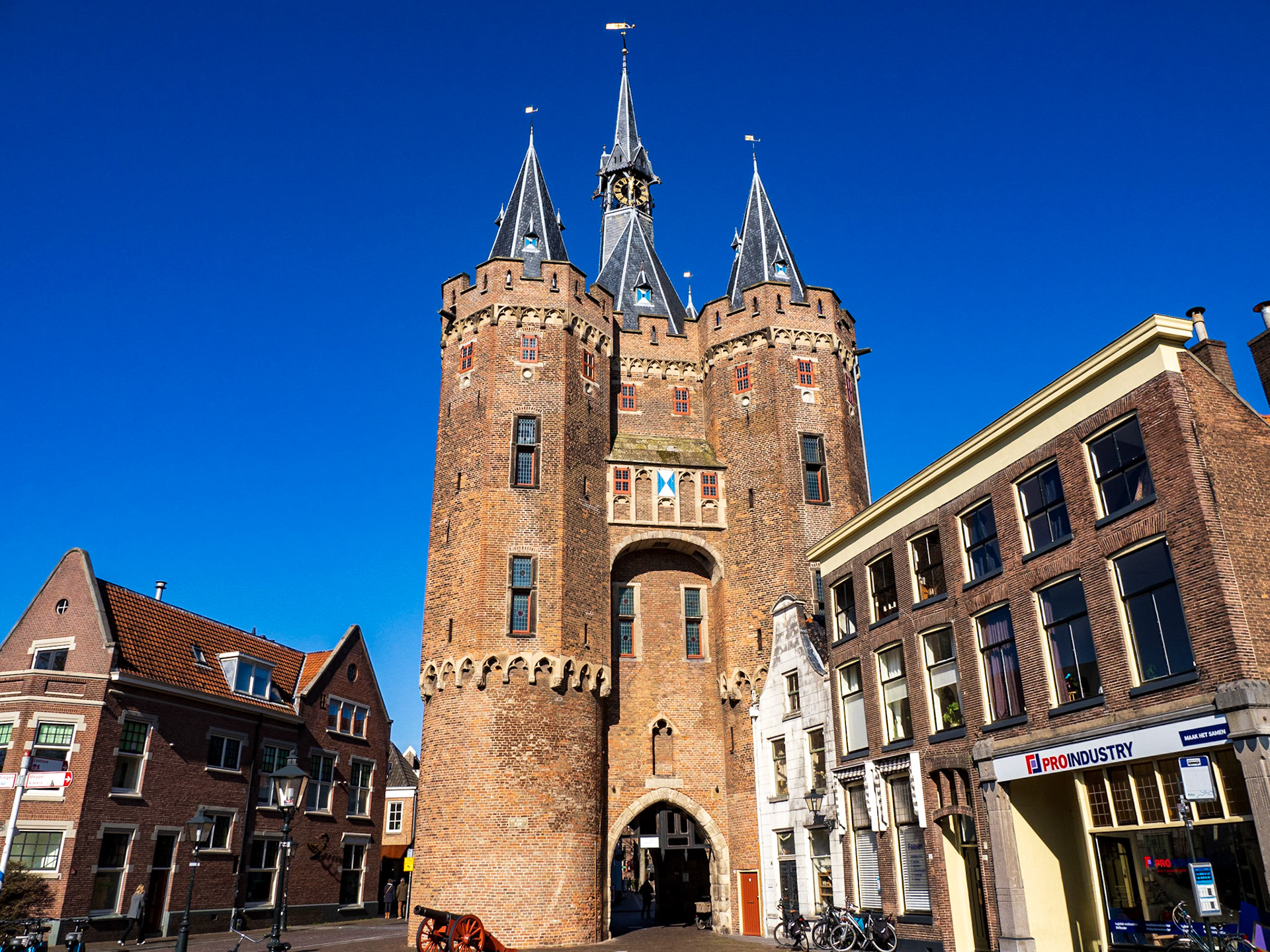
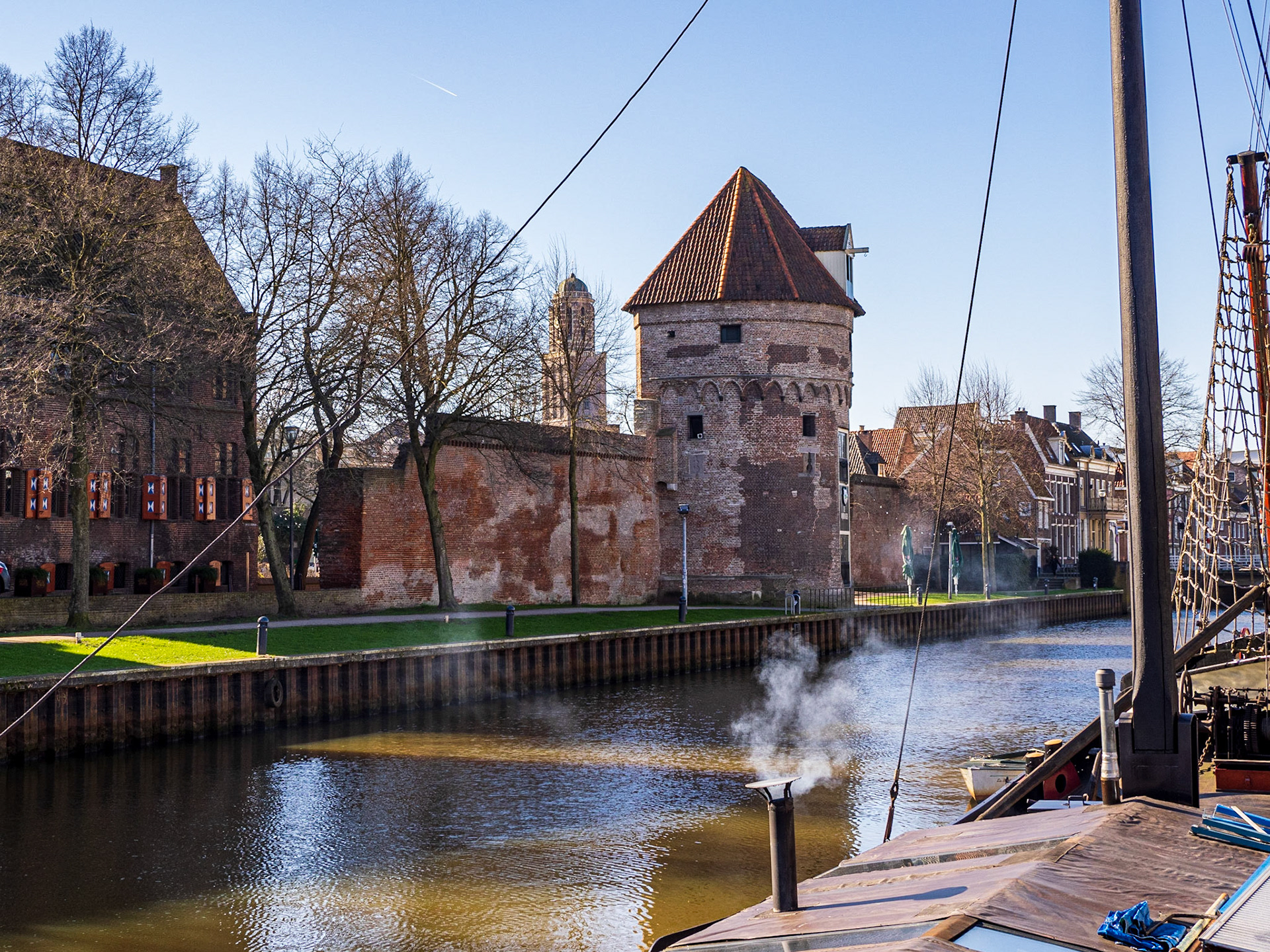
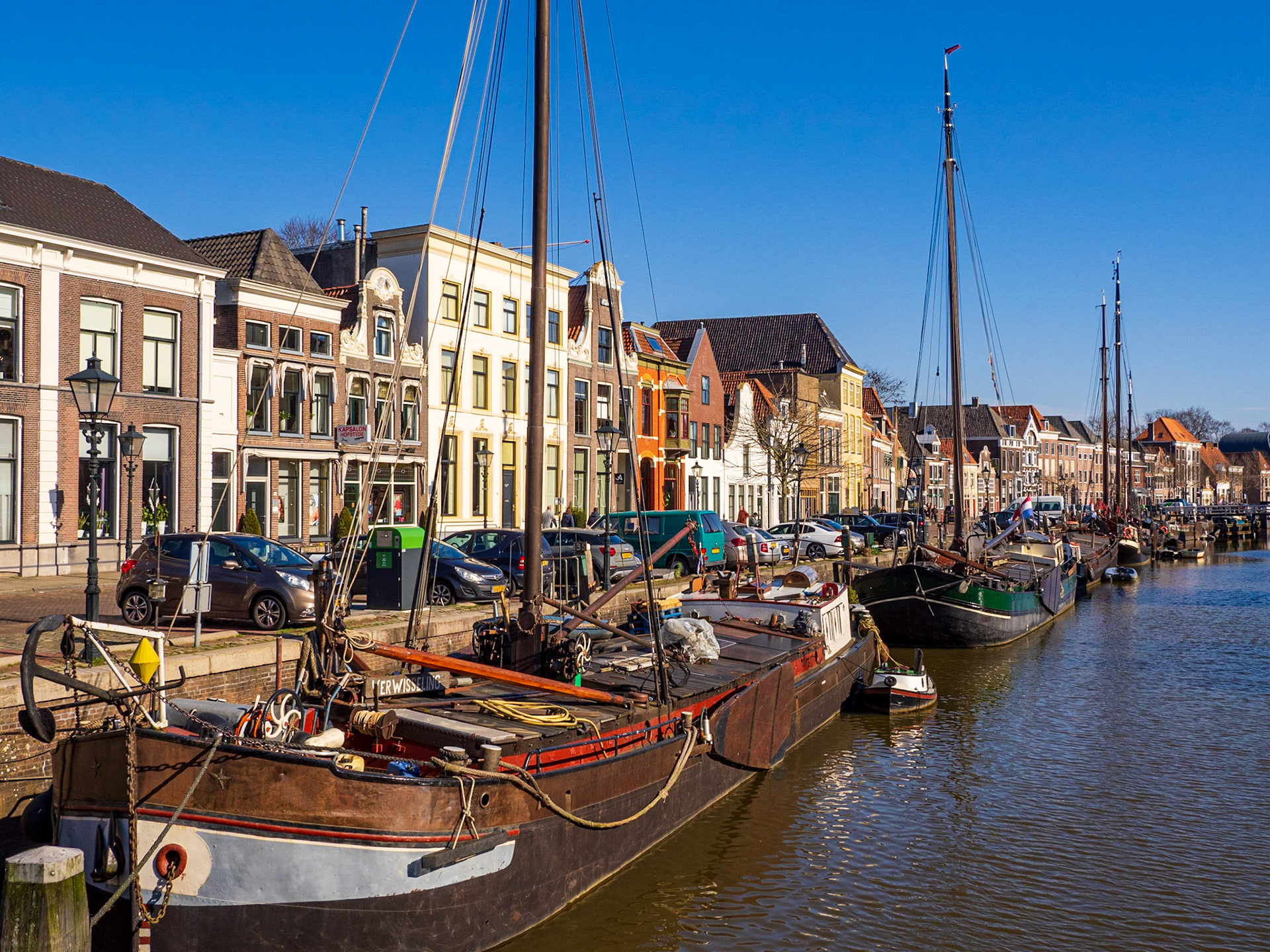
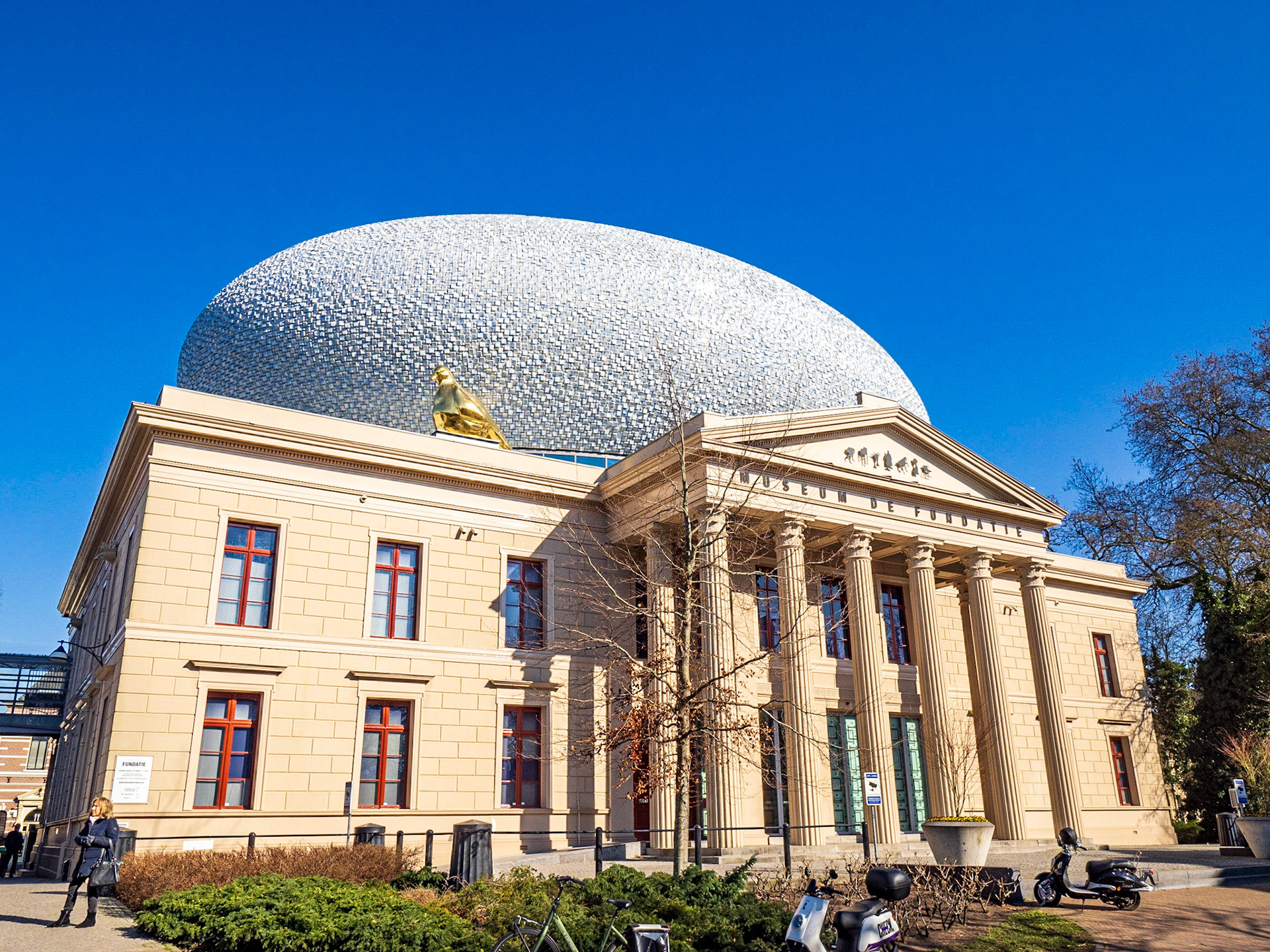
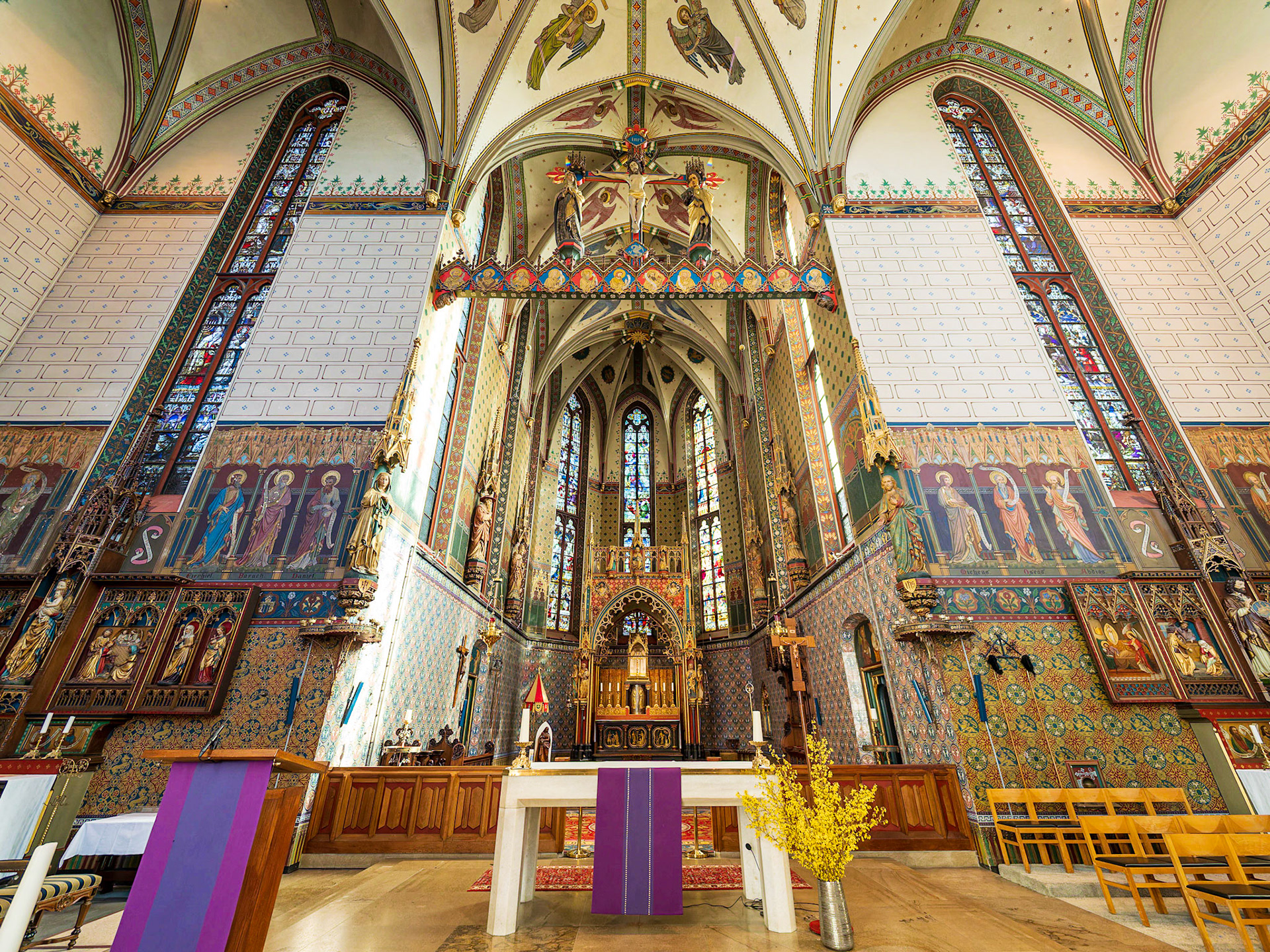
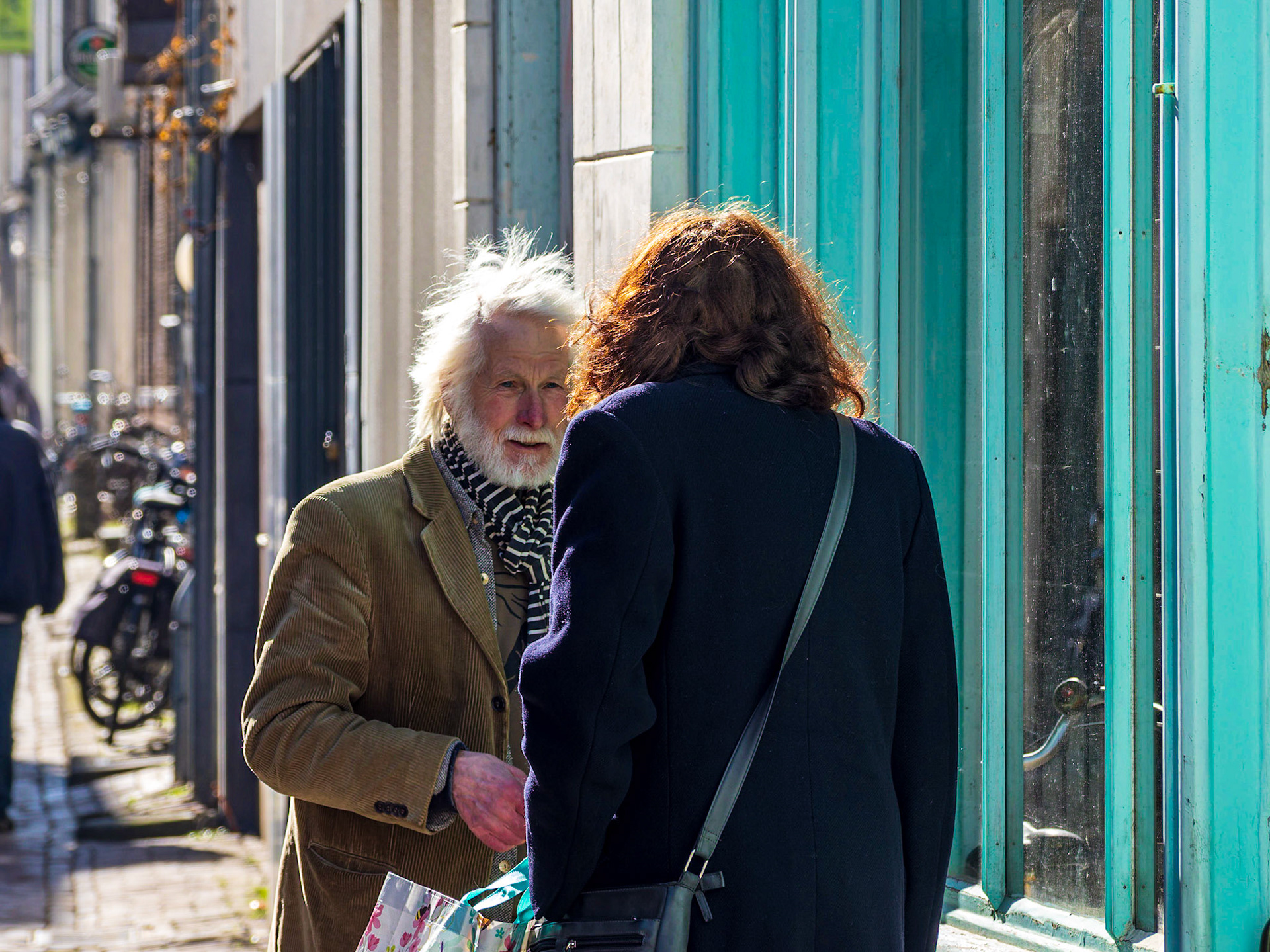
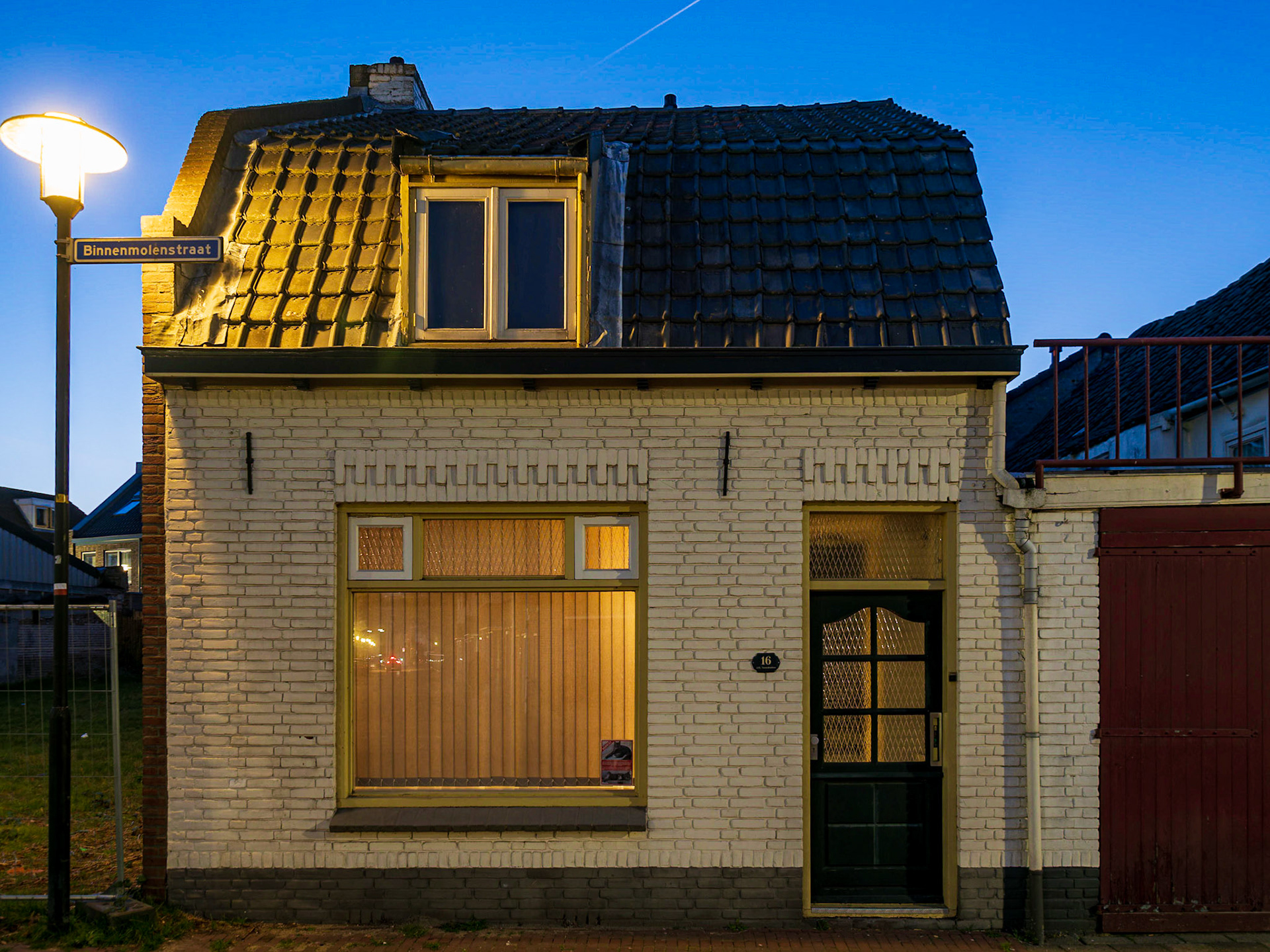
![The church was founded in 1367 as a chapel and named after Saint Lambert as a parish church in 1395. In that year, the Utrecht bishop Frederik van Blankenheim gave permission to form an independent parish for the faithful in Buren in the Lambertuskerk.[ 1] In the 15th century, the church was expanded with aisles and a new main choir and given its current form. The church has a tower with a Renaissance-style superstructure, which was built by Alessandro Pasqualini and Pieter Post.](https://cdn.myportfolio.com/8e42cfb3-32ab-4a71-8c52-9f198a1f9cec/78608dfb-d79d-4ffb-971c-edce96d706a7_rw_1920.jpg?h=374d891d7e75b9eb9caa7fdcb5333c3c)
![The Marechaussee Museum (Dutch - Marechausseemuseum) or Royal Marechaussee Museum (Museum der Koninklijke Marechaussee) is a museum on the history of the Royal Marechaussee of the Netherlands from its foundation by William I of the Netherlands on 26 October 1814 until the present day.[1] It is based in the former Koninklijk Weeshuis in Buren, originally opened as an orphanage on 26 May 1612 by Maria van Nassau and remaining in that role until 1953.It is the oldest police museum in the Netherlands and on 7 December 2005 was added to the 'Museumregister Nederland'. It and four other major Dutch military museums are overseen by the Koninklijke Stichting Defensiemusea.](https://cdn.myportfolio.com/8e42cfb3-32ab-4a71-8c52-9f198a1f9cec/4631435f-a2e6-4963-b639-587bab696965_rw_1920.jpg?h=9307680d3d6ad5a79902f4a837ebf397)
